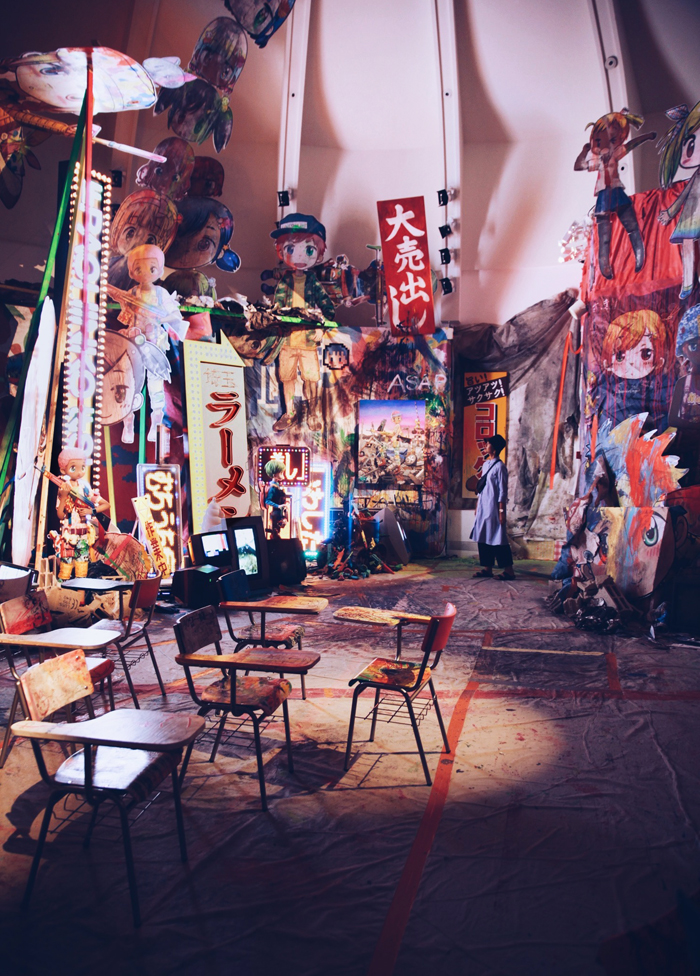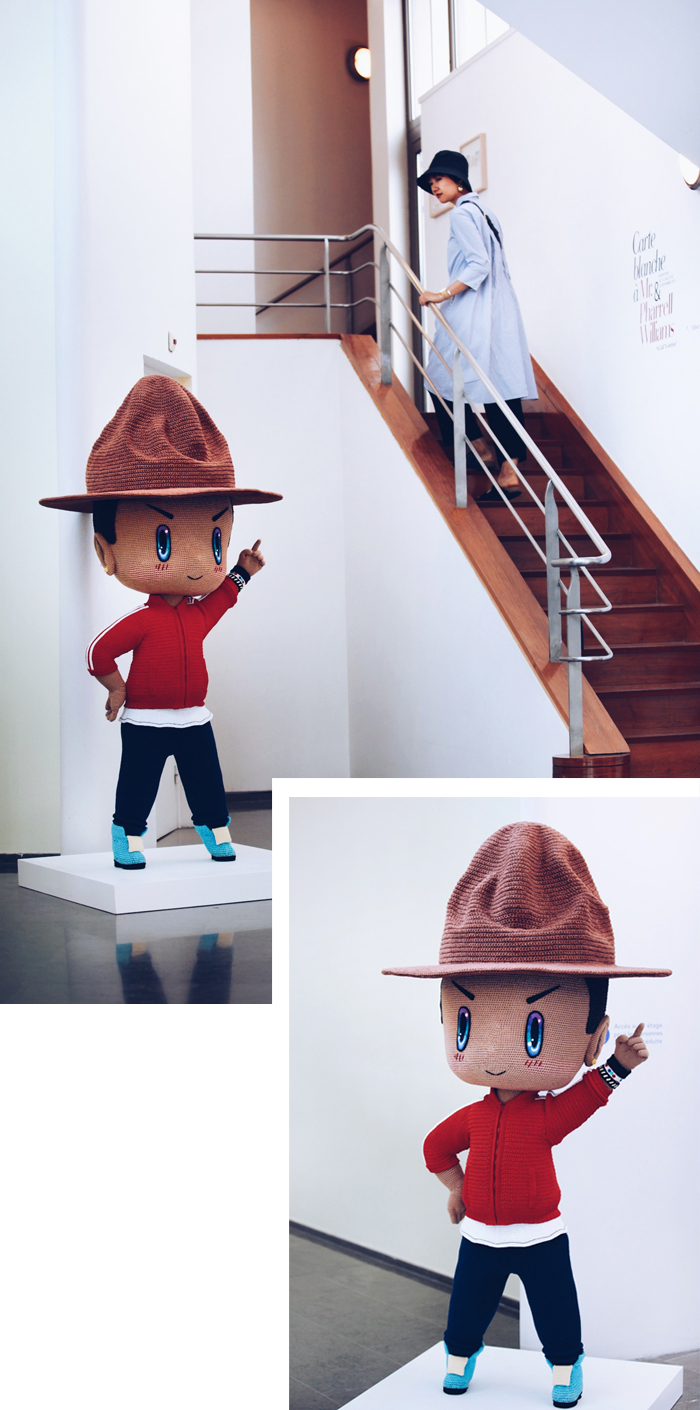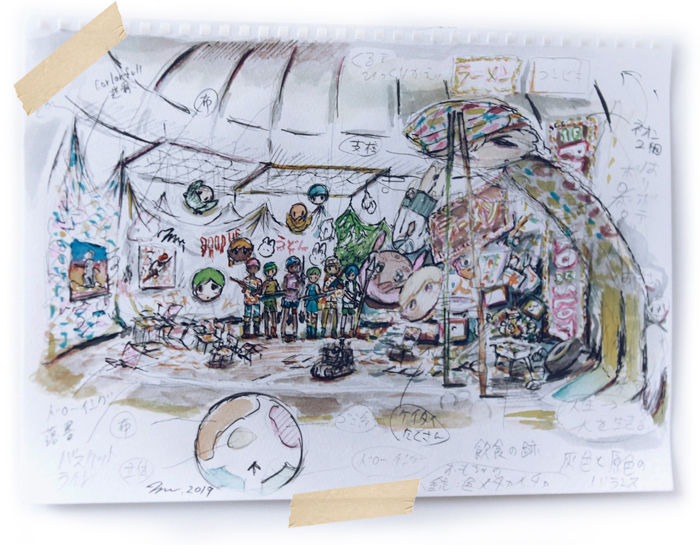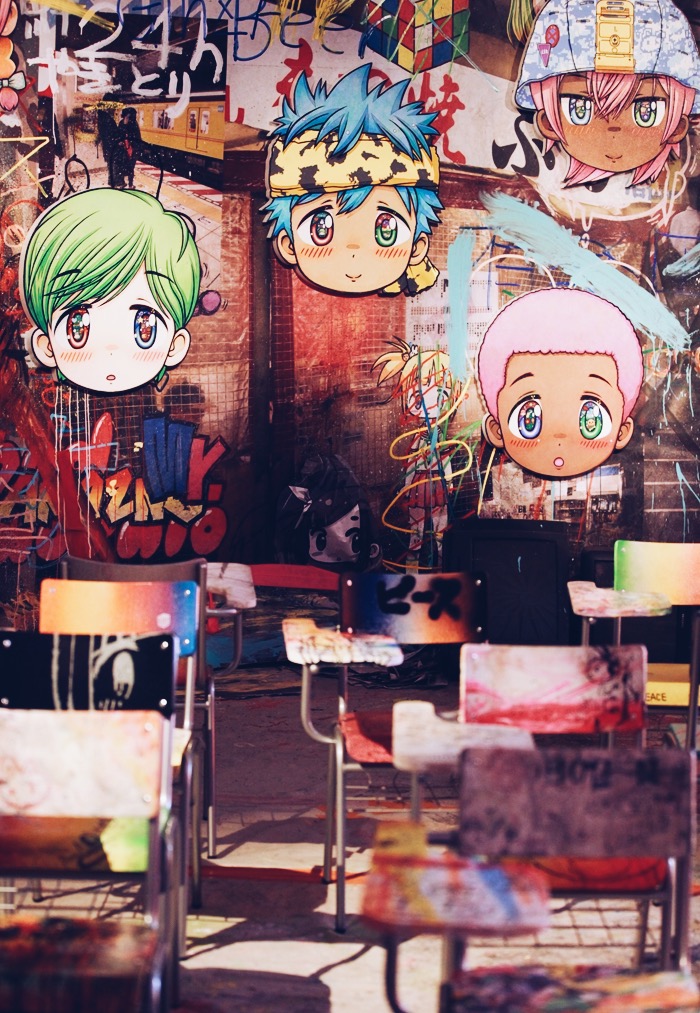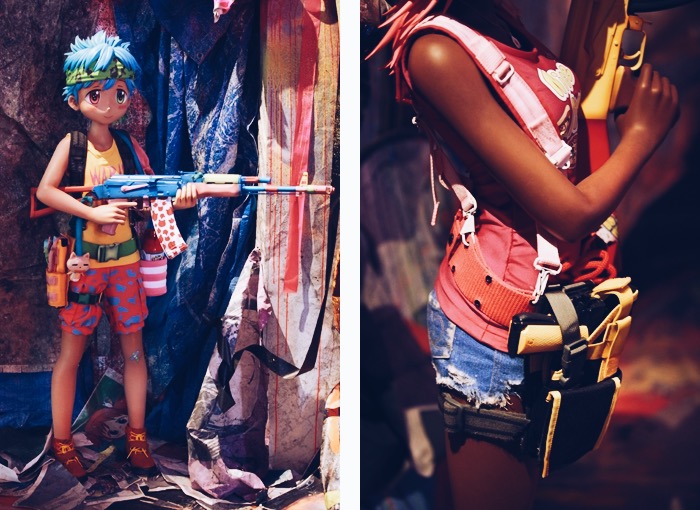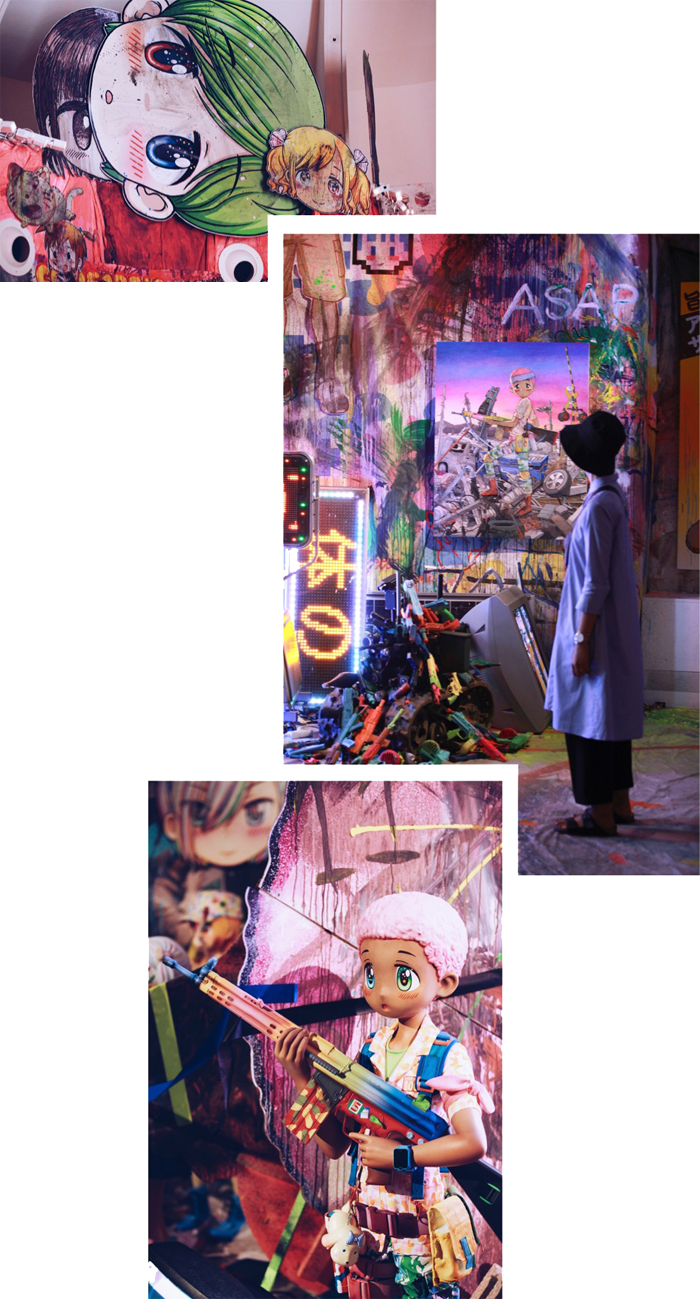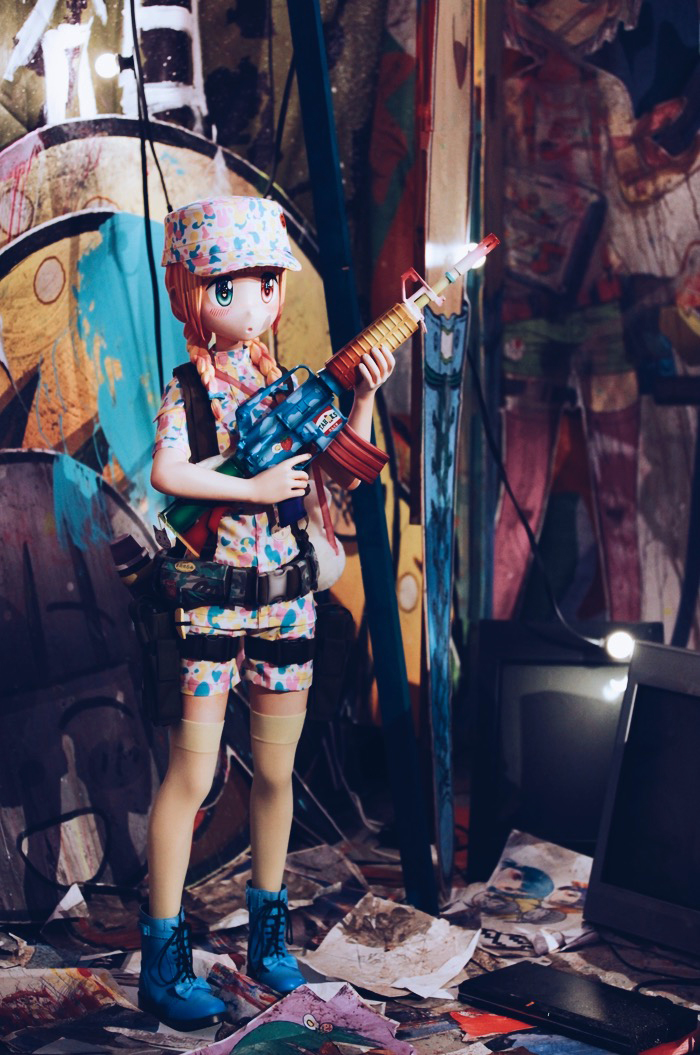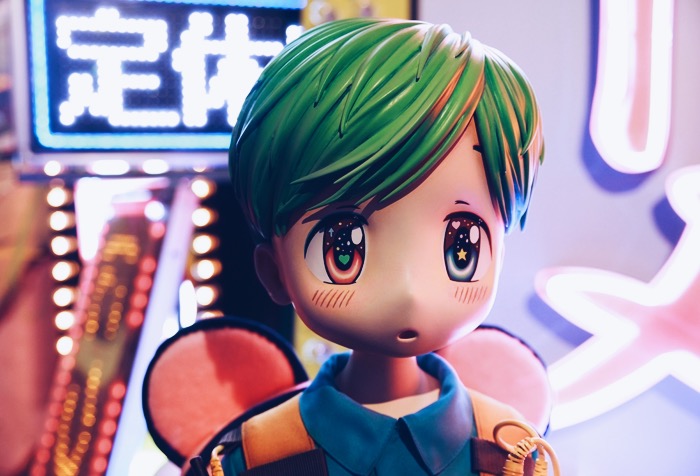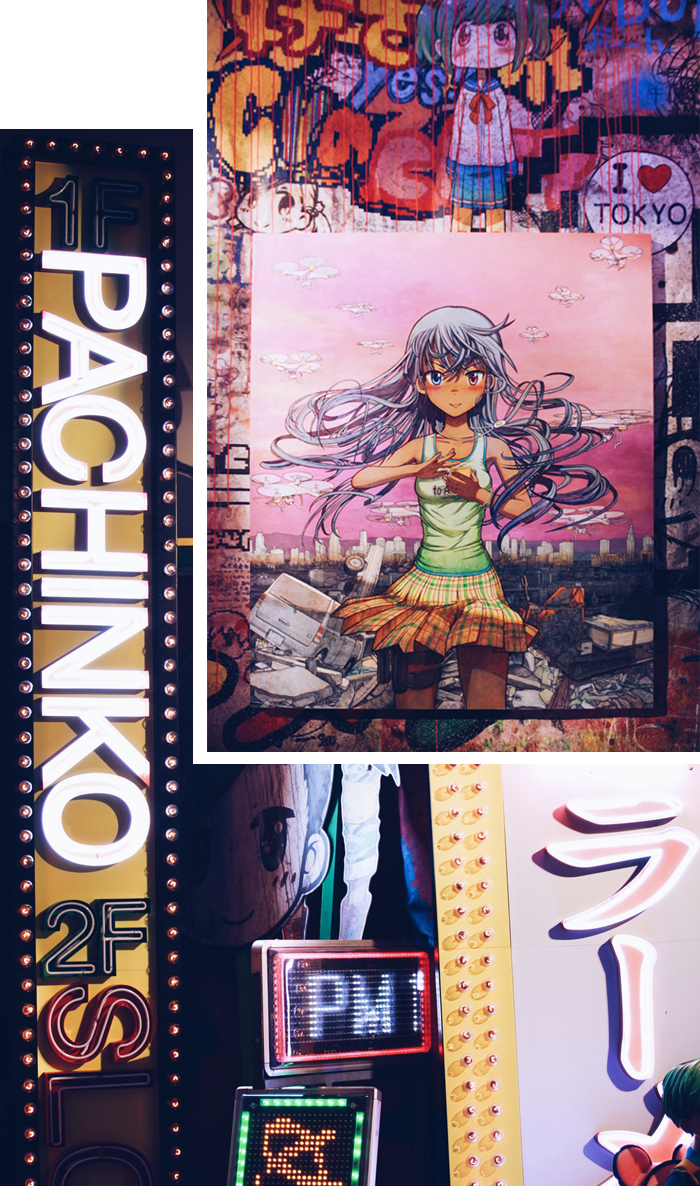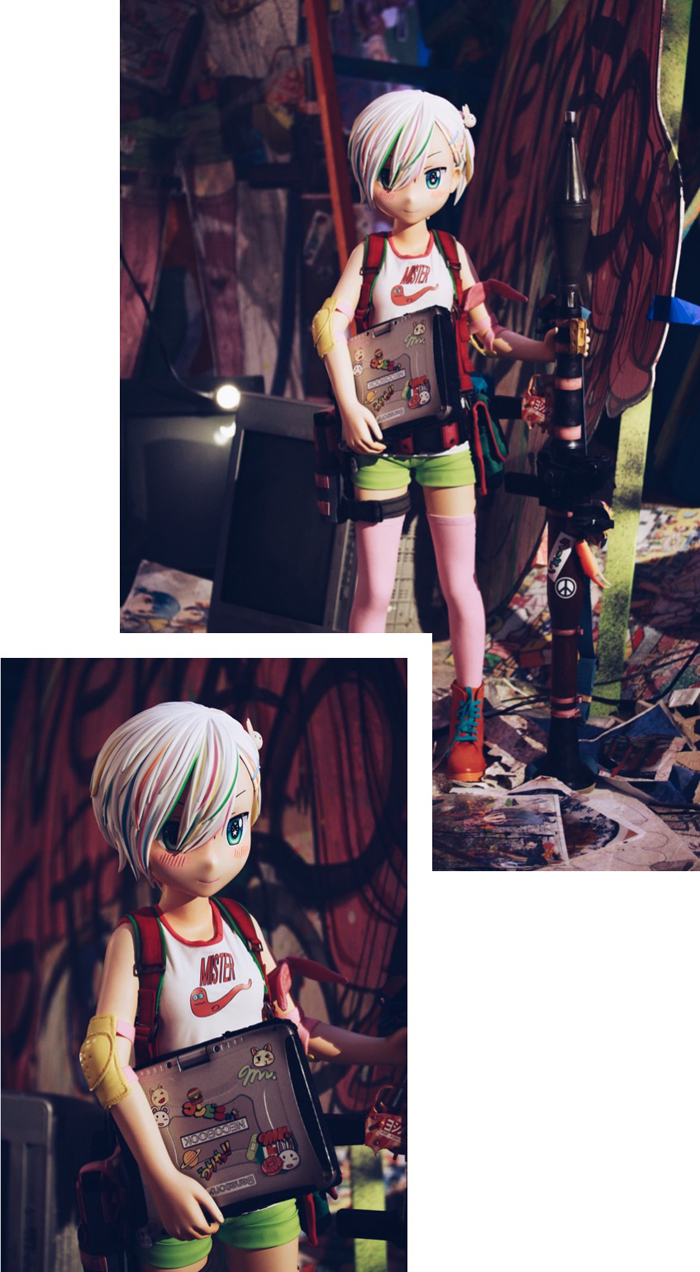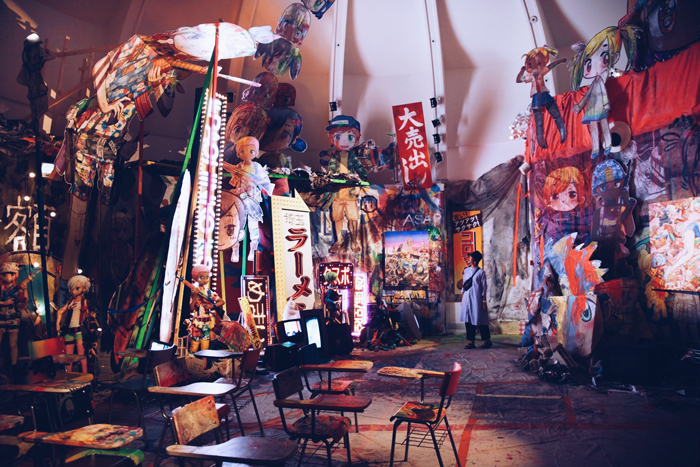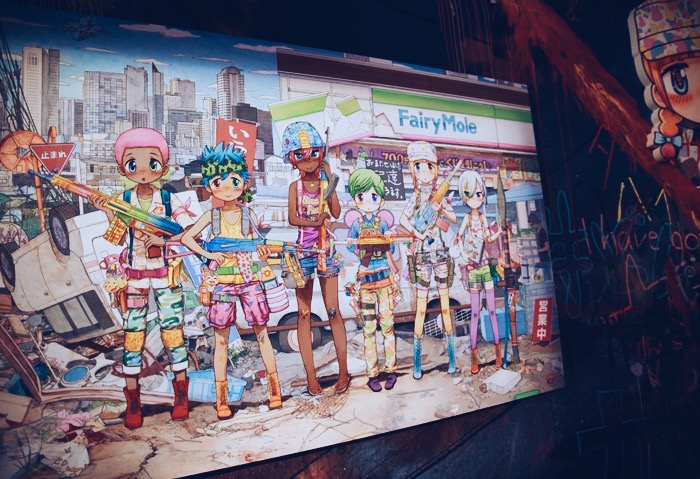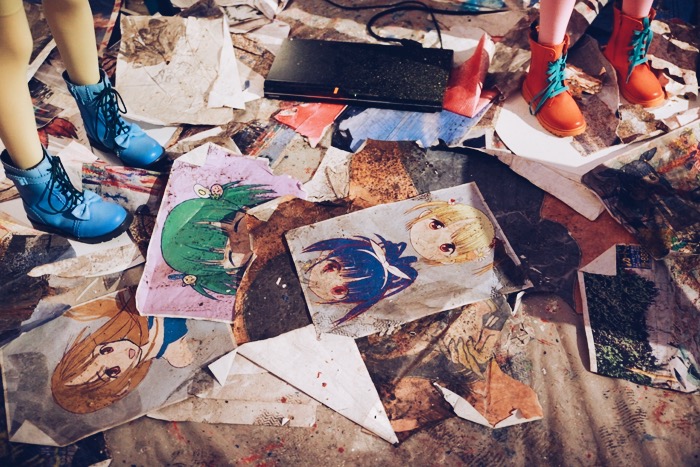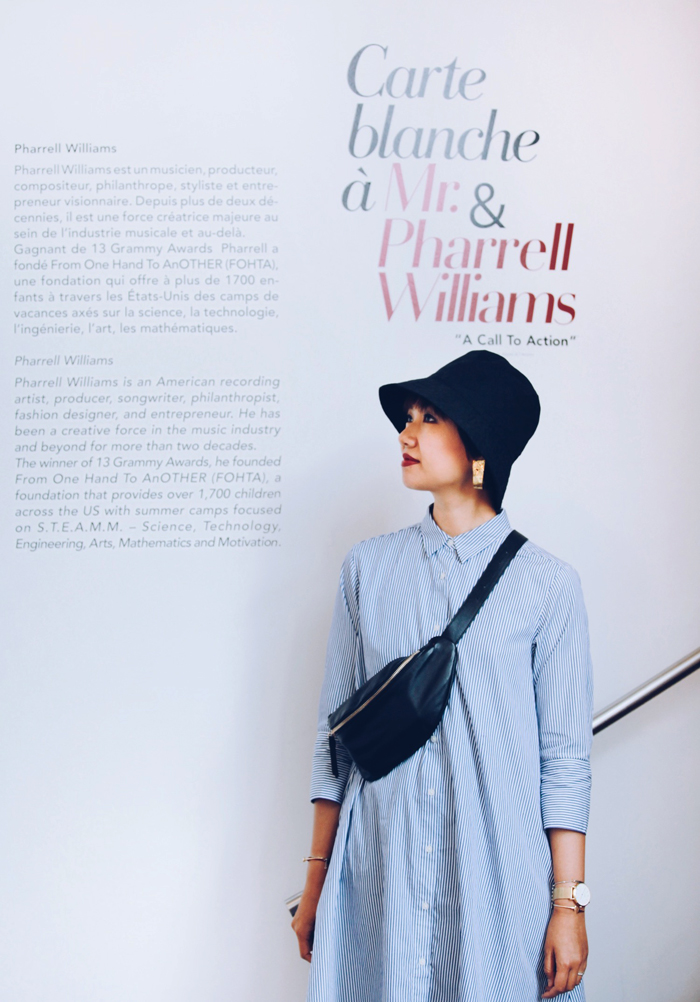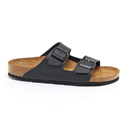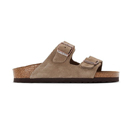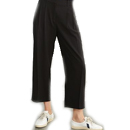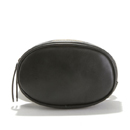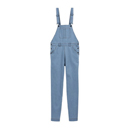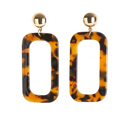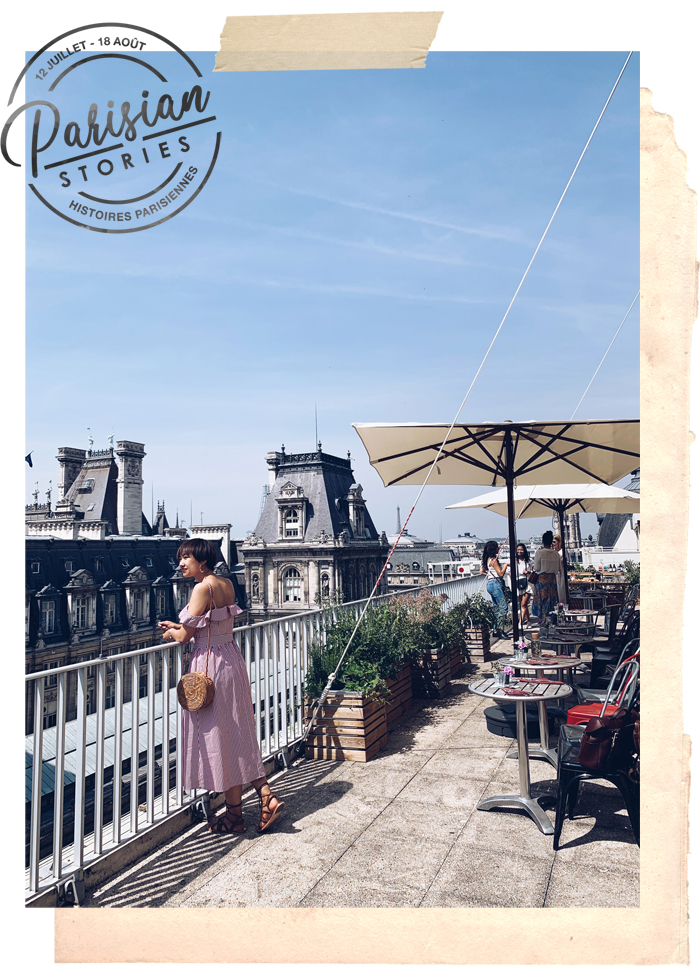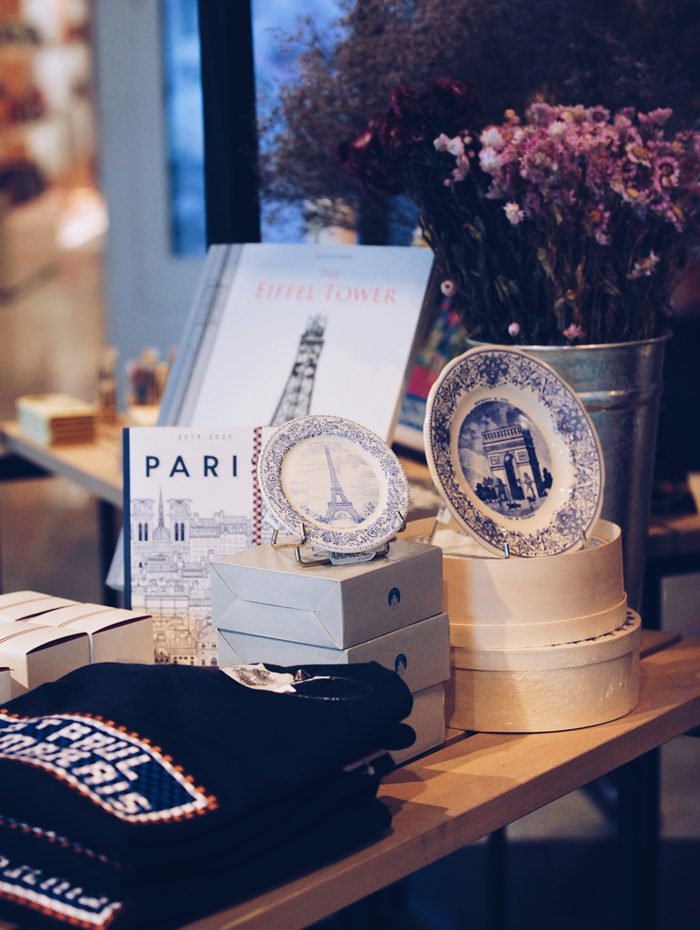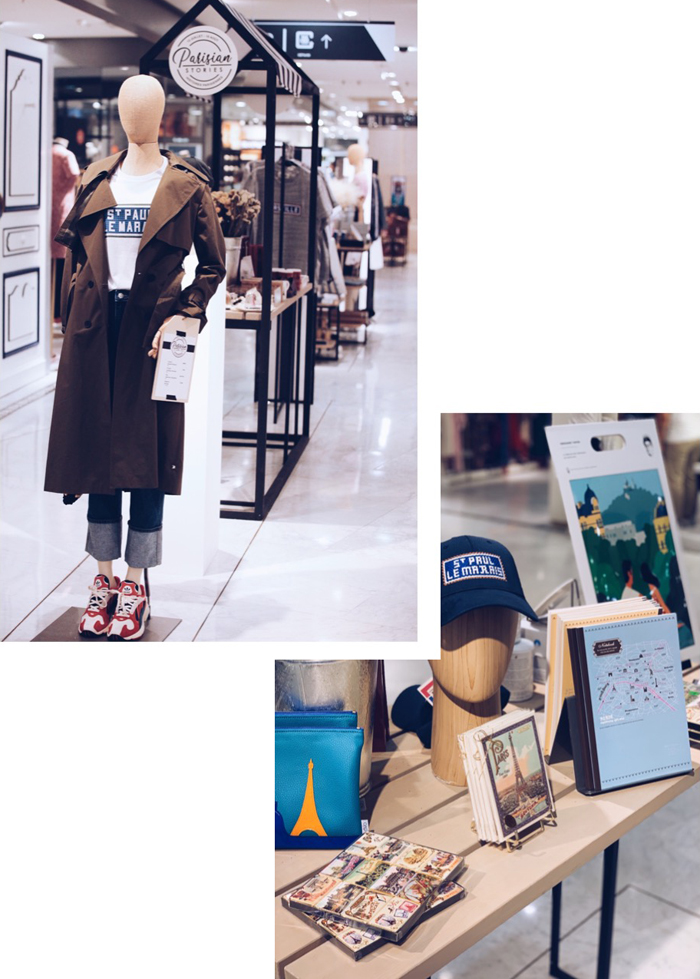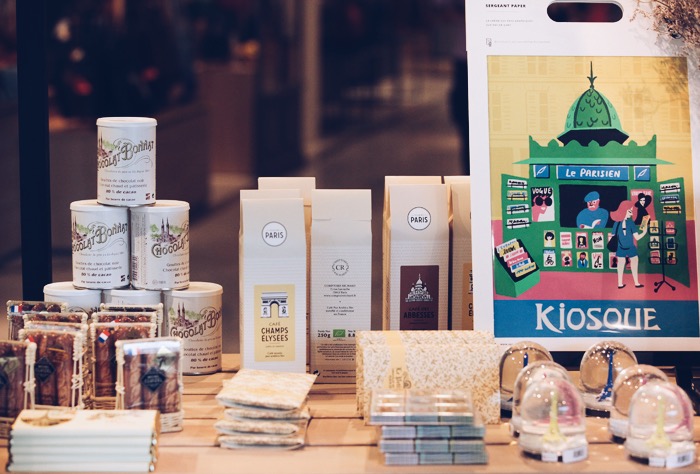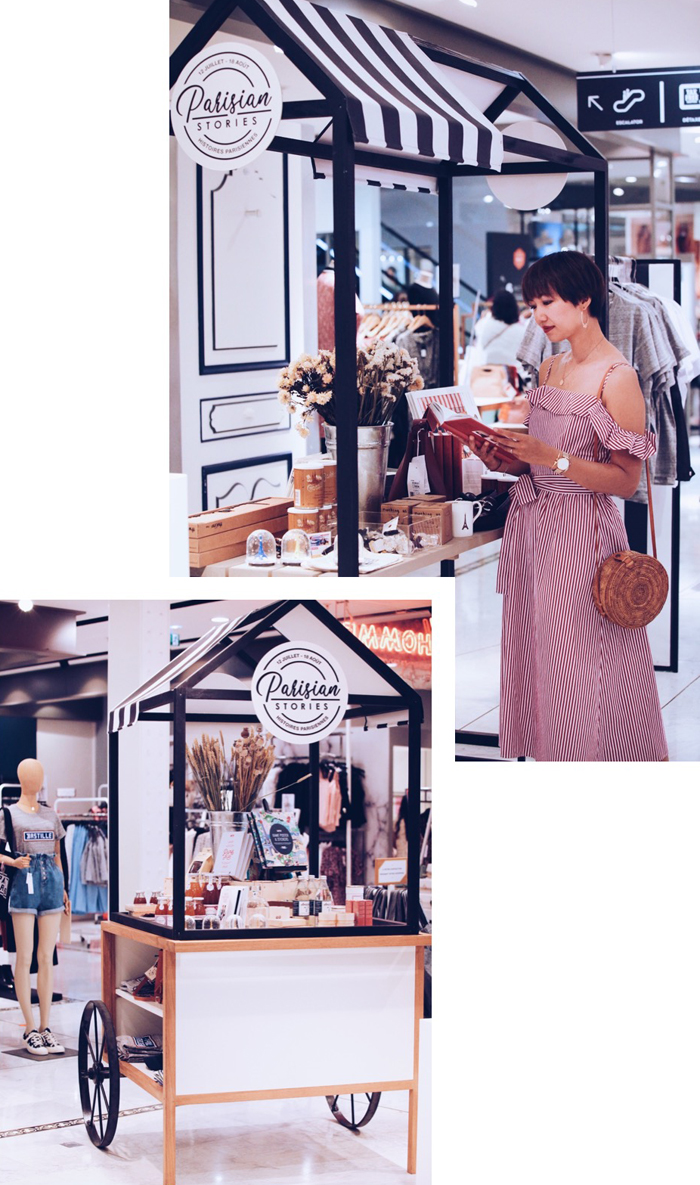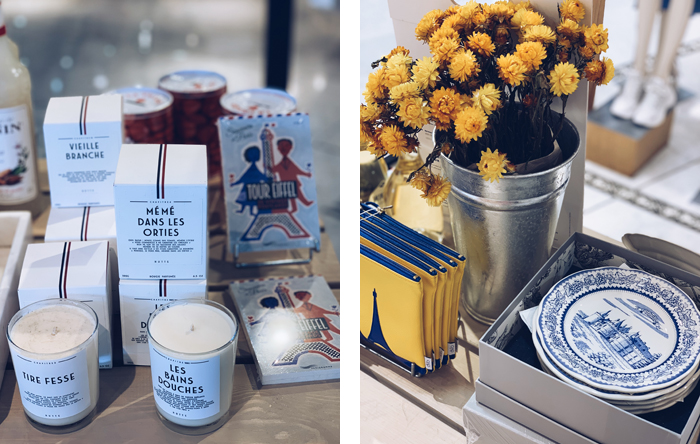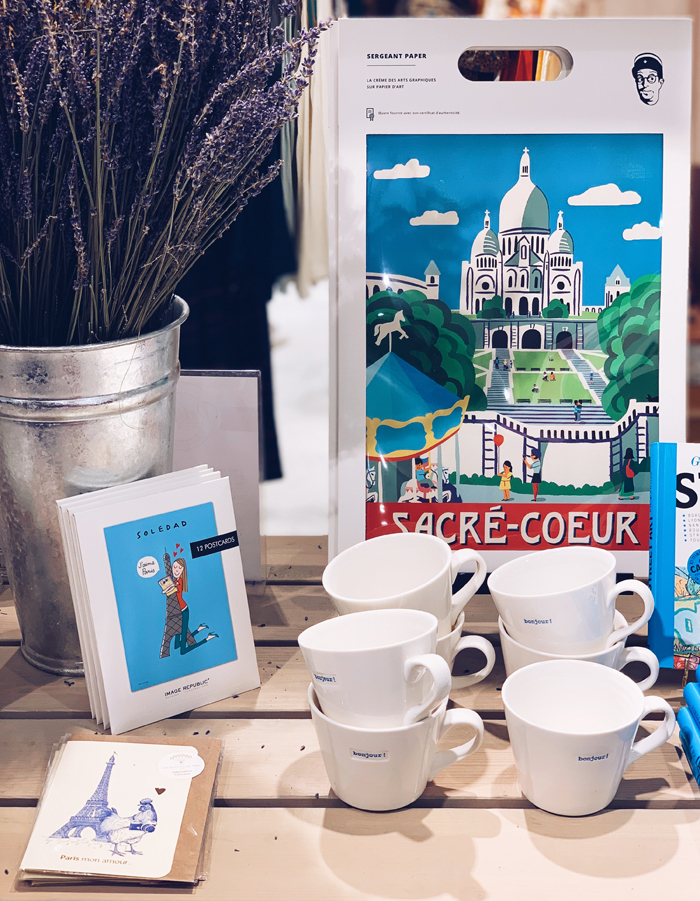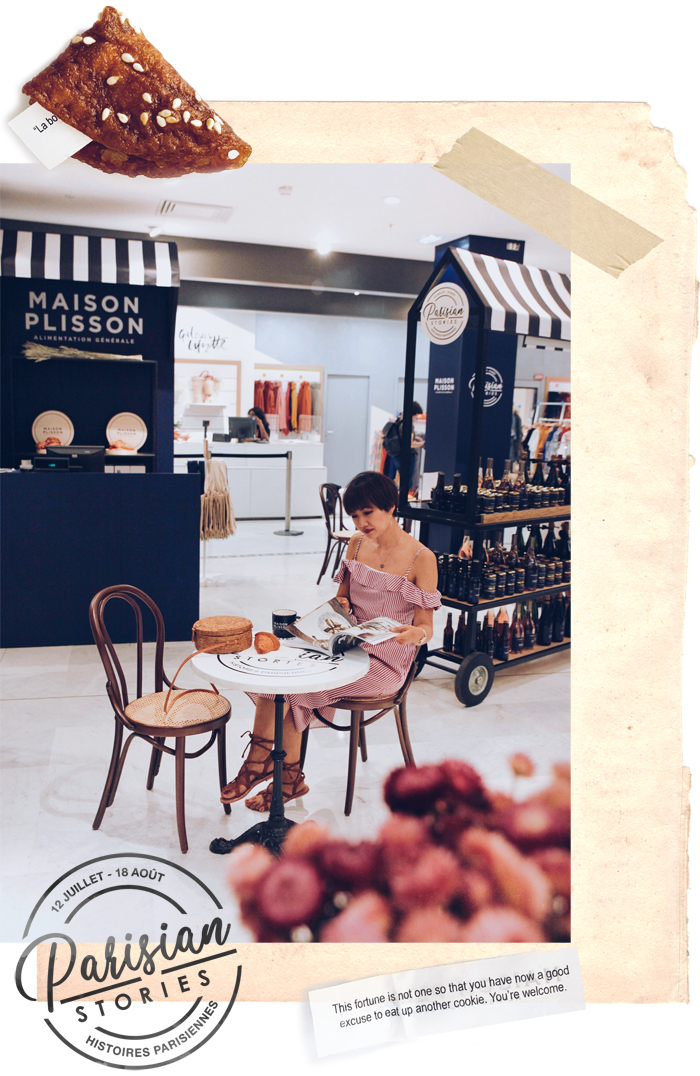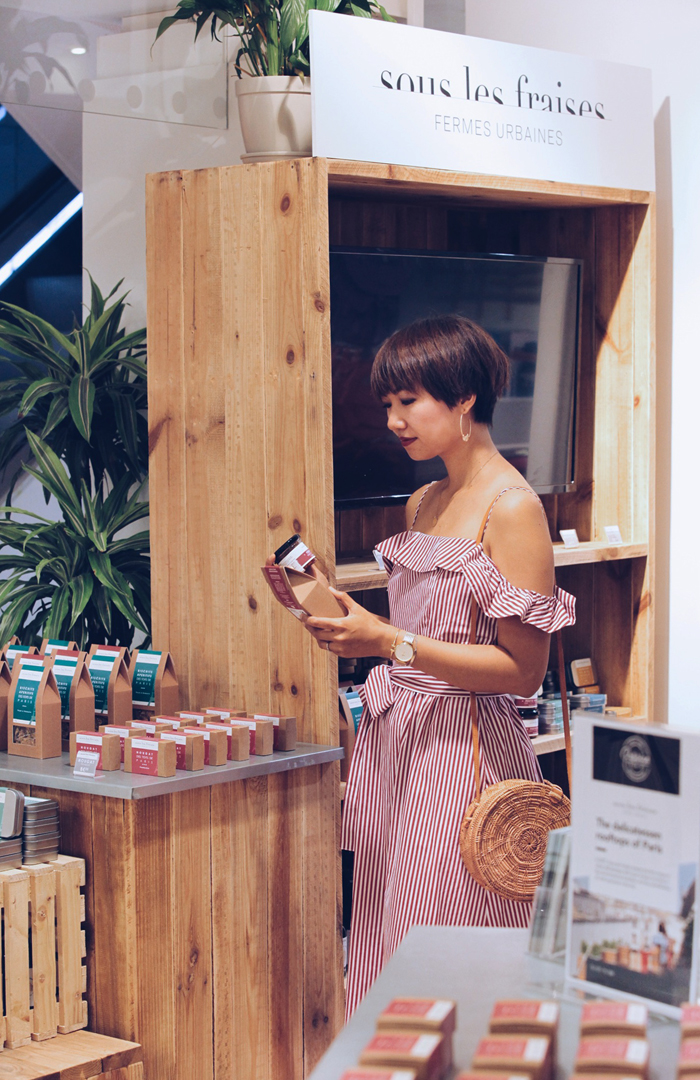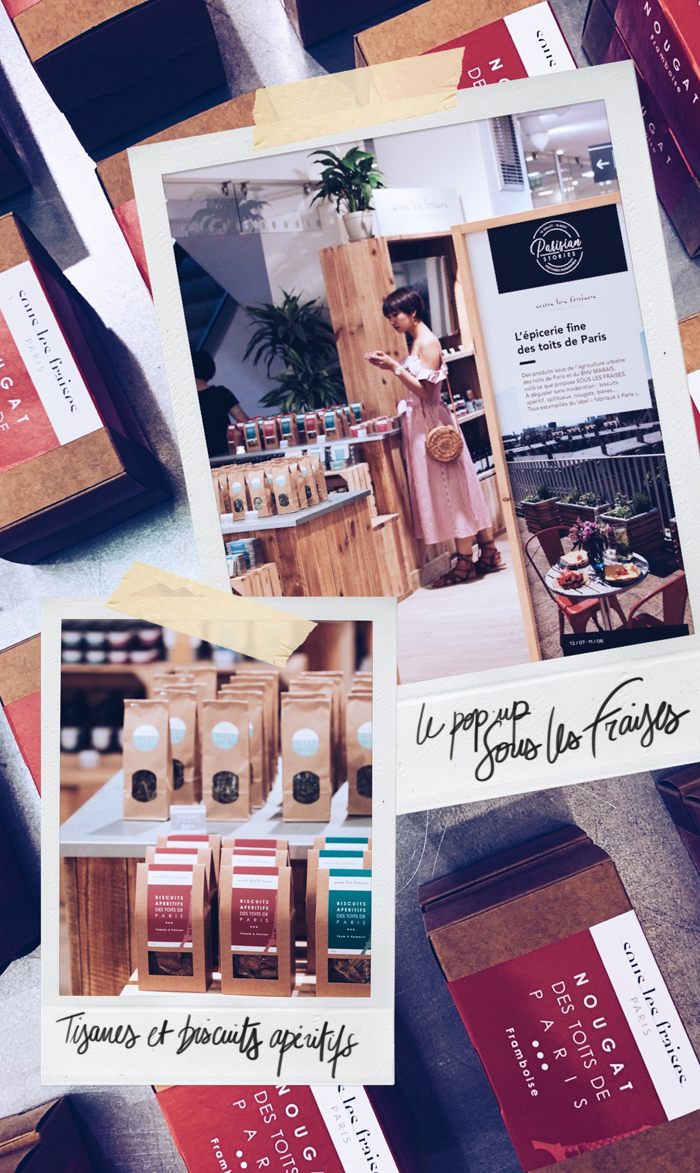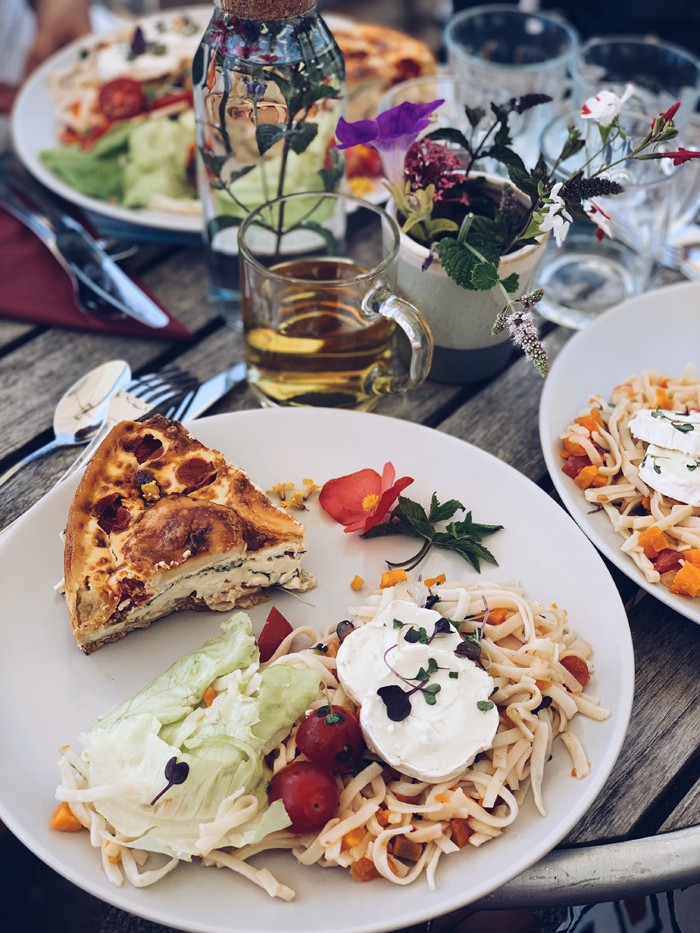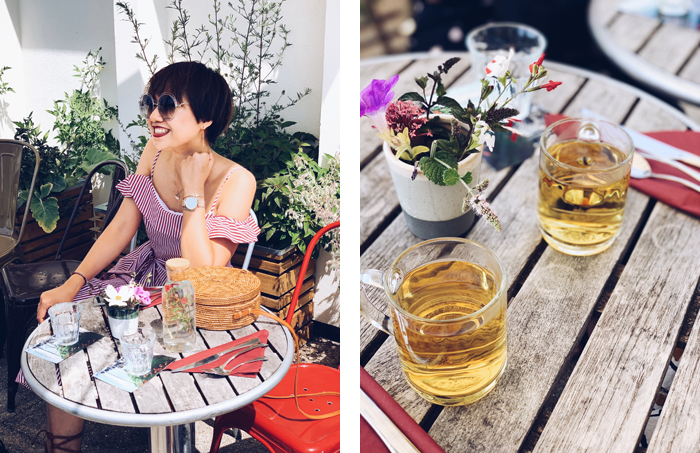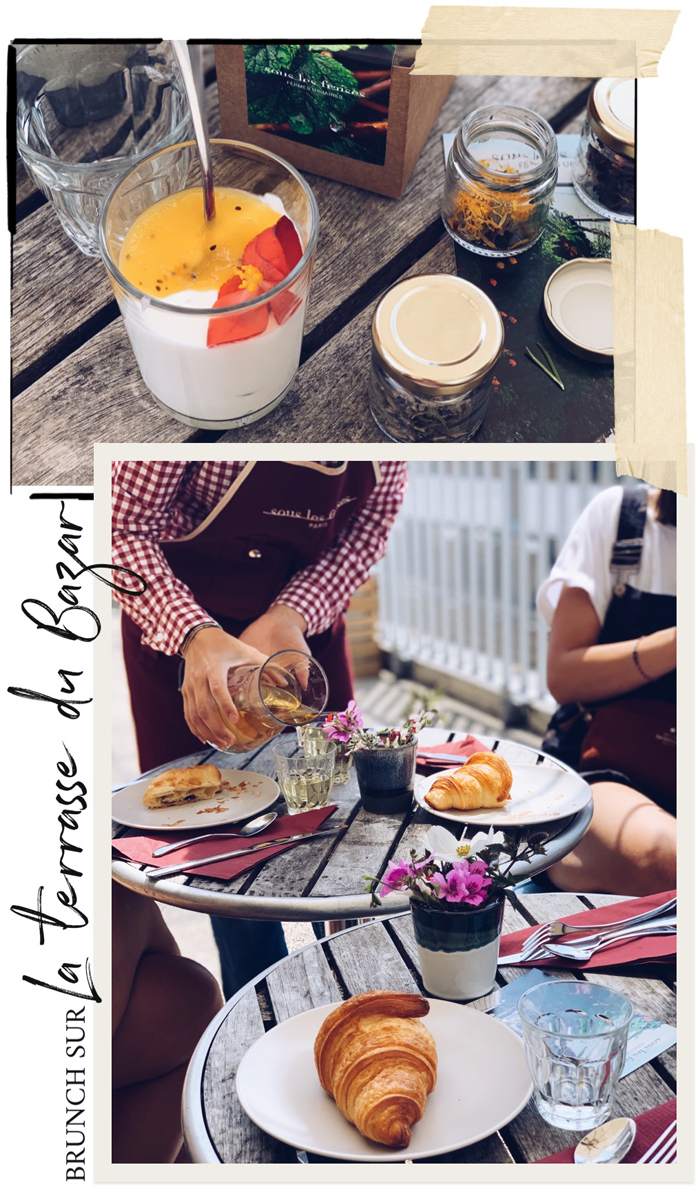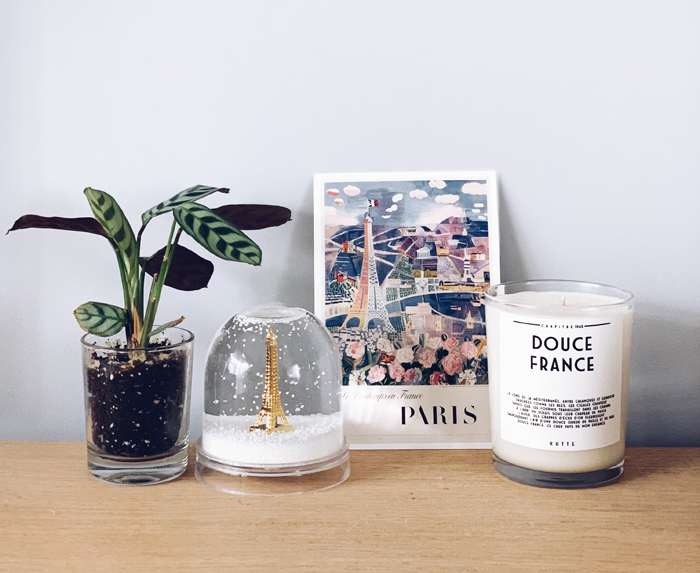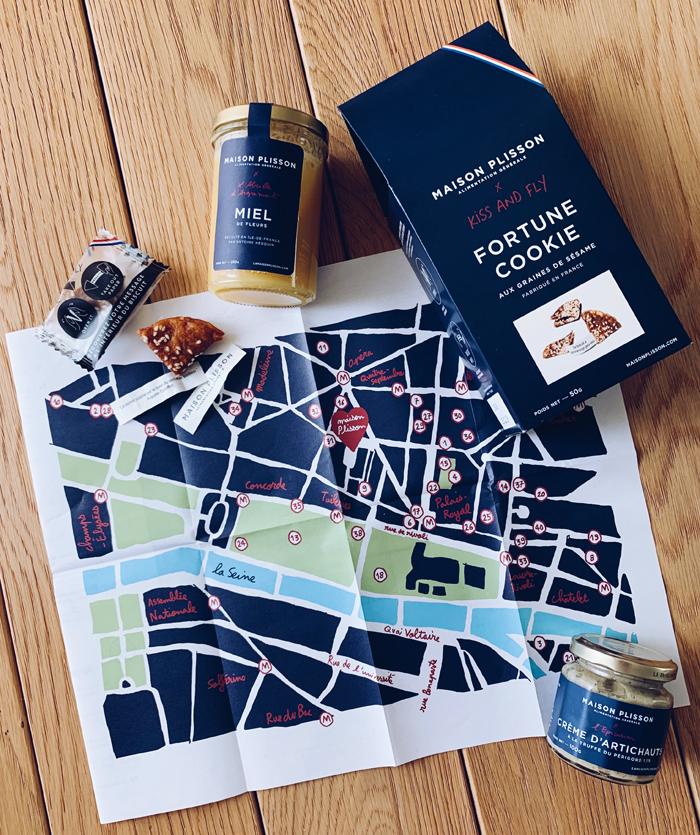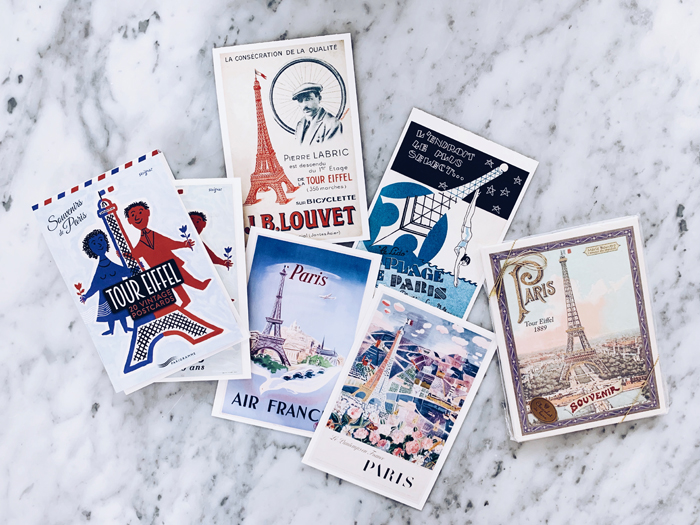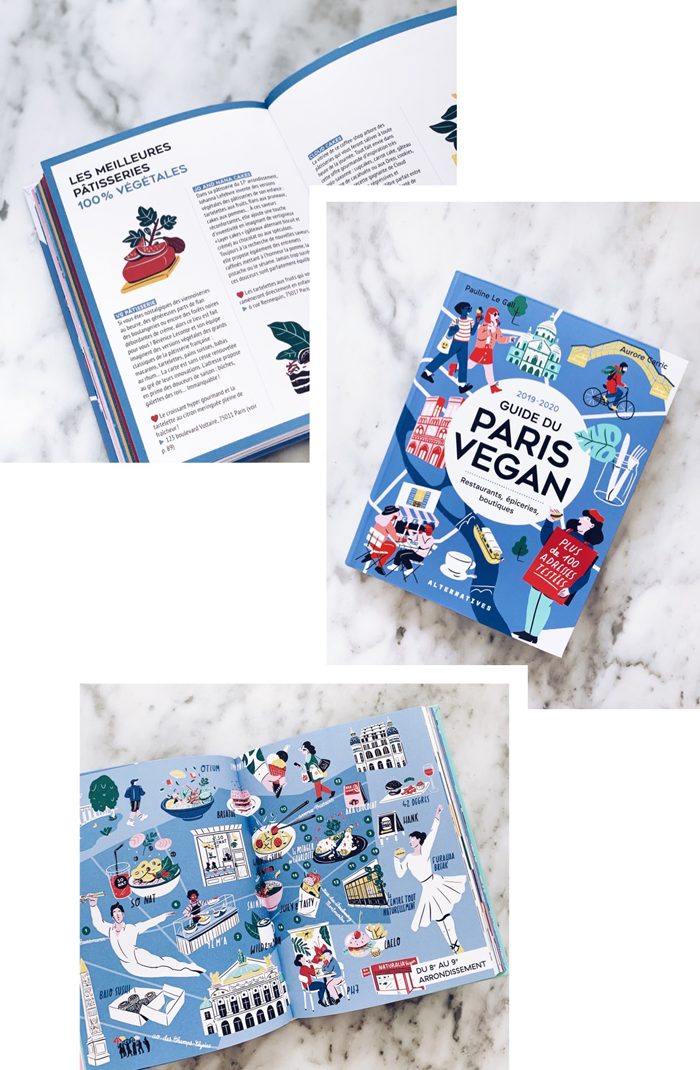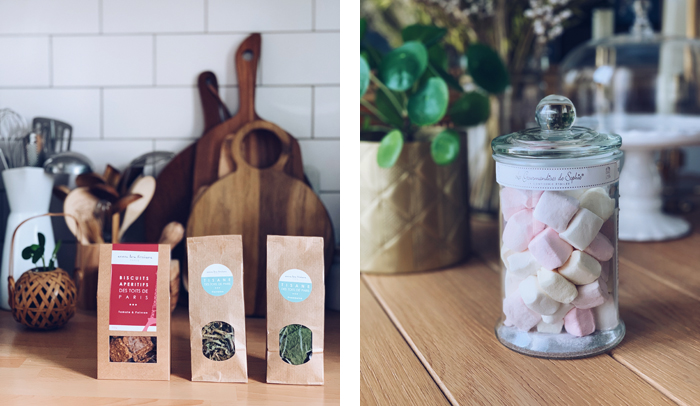
Let’s start this Japan trip debriefing by the end, with Osaka and more precisely Universal Studios Japan. At first, this park was a bit a pain to understand how it works as I had different feedbacks: purchase tickets in advance? On site? With or without pass?
Therefore, I will try to give details to those who wish to visit the most visited park in Japan (with TokyoDisney Resort) with serenity and also for Harry Potter and/or Sailor Moon fans!
Access the Universal Park

The park is located about 20mn from the center of Osaka at the Universal City station. The easiest is to ride the JR Osaka Loop Line toward Nishi-Kujo. Then, change for the JR Sakurajima Line toward Sakurajima and stop at the Universal City station. Then the access to the park is clearly marked-up, you can’t get lost.
Book your tickets
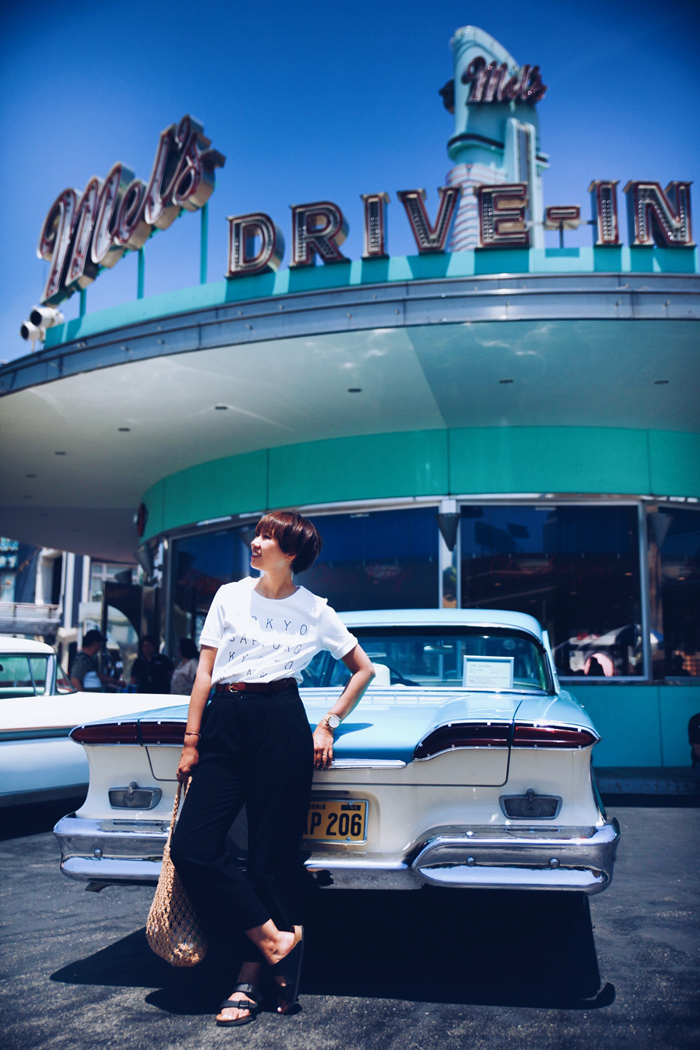
Now it gets complicated… well only a little bit! It isn’t as easy as the Disney parks that offer 2 options: entrance tickets and Fast pass inside the park..
Here, comfort and rapidness at the attractions must be paid and thought in advance! We booked only 30min in advance for TokyoDisneyland but it would be unwise to do to the same there, considering the huge line (we actually waited about 20min at the entrance, even though we had our tickets AND it was considered as the « low season »).
Therefore I highly recommend you to book in advance (online with Govoyagin or in a travel agency if you don’t understand anything).
ENTRANCE TICKET
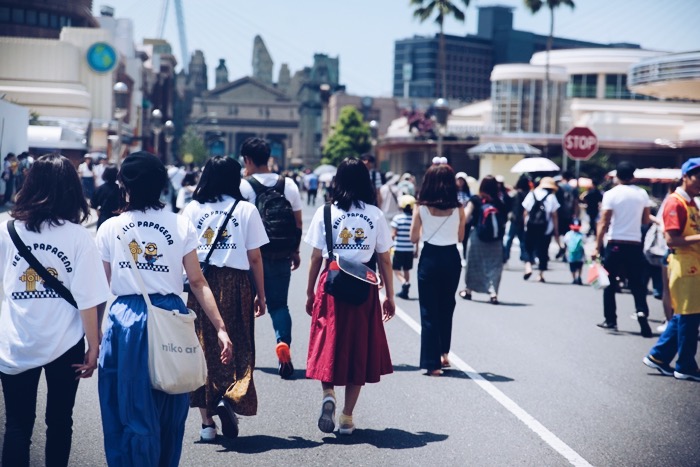
The ticket (about 60€ for 1 adult for 1 day) lets you access the park and attractions but you won’t be able to access the Wizarding world of Harry Potter, unless you find a terminal that provides limited tickets for the popular world of wizards from Hogwards.
Better to mention that we didn’t want to stress out in the morning so on top of the entrance ticket we booked an Universal Express Pass, which I highly recommend unless you like the risk (or you don’t particularly like Harry Potter).
THE UNIVERSAL EXPRESS PASSES
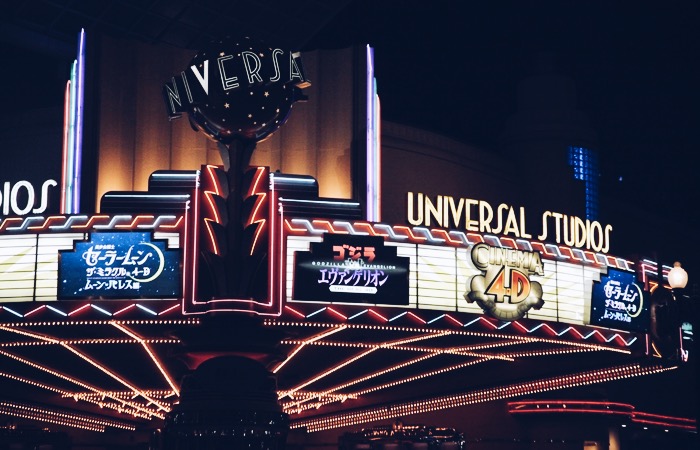
These “door-openers” and fast passes are more expensive than the entrance ticket (about 90€ for the Universal Express Pass 7) but I have to admit that we never waited at any attractions mentioned with the pass, which was amazing considering that sometimes there was up to 3 or 4-hour wait (at the main “Harry Potter and the forbidden journey” rollercoaster for instance)
It’s possible to choose between 5 or 6 different Express passes hence my confusion at the beginning. To sum up, we can choose between Express Passes 7 or Express Passes 4: the difference is the list of attractions included in the pass (so 7 or 4 depending on the pass).
Our priority was to try the Harry Potter rollercoaster but also to enjoy the day without rush: so we chose the Universal Express pass 7, which includes Harry Potter. This being said, if you choose a pass, the day will be punctuated by meet-up time: you will need to go to the attraction at the time mentioned on your ticket, which doesn’t let you decide on your exact plan, but we can’t have everything, can we?
For information, find below our given time scheduled of the day with a Pass 7 (make sure to double check on your ticket to not miss anything and be on time):
- From 11:50 am : The wizarding world of Harry Potter access
- 12:10pm-12:40pm : Harry Potter and the Forbidden Journey
- 12:40pm-1:10pm : Flight of the Hippogriff
- 2:30pm-3pm : Lupin the Third Car Chase XR Ride
- 3:30pm-4pm : Despicable Me Minion Mayhem
- And whenever we wanted but to choose between the 2 attractions mentioned::
– The Amazing Adventures of Spider-Man, The Ride 4K3 or JAWS (we chose Spiderman)
– Hollywood Dream, The Ride ou Backdraft (we chose Hollywood Dreamm)
Explanations about the “tickets” being done, I hope it’s all clear and let’s move on!
The different worlds of the park
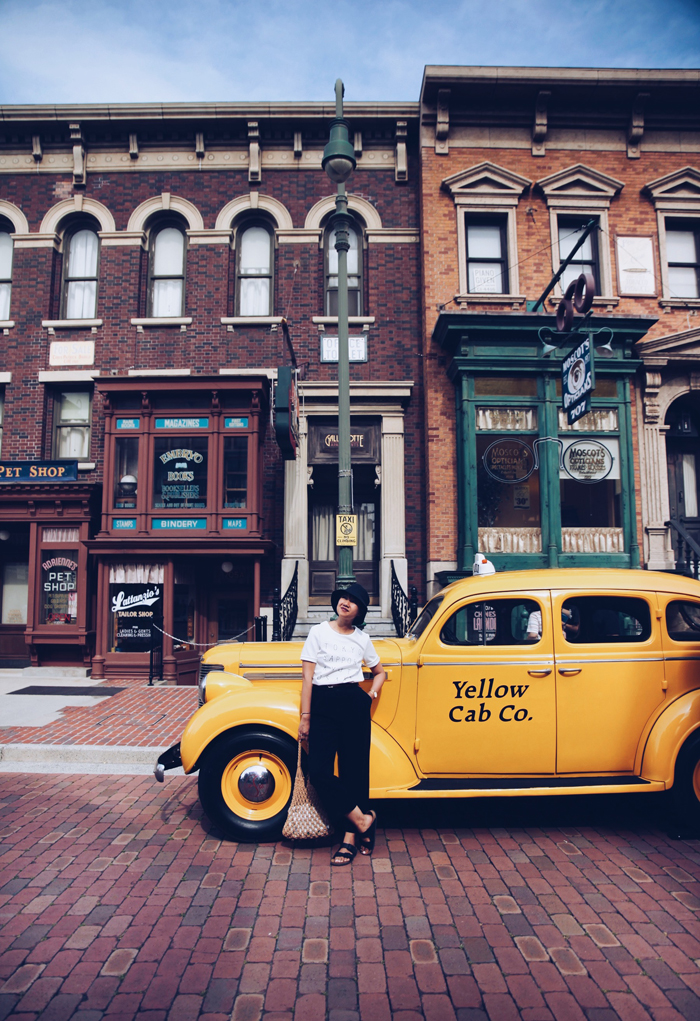
The Universal park is divided in 9 different worlds (apparently a new “Nintendo” will open from 2020):
- HOLLYWOOD : in which we find the 4D Sailor Moon attraction.
- NEW YORK : with the Spiderman attraction.
- MINION PARK : as the name mention this world is full of cute Minions
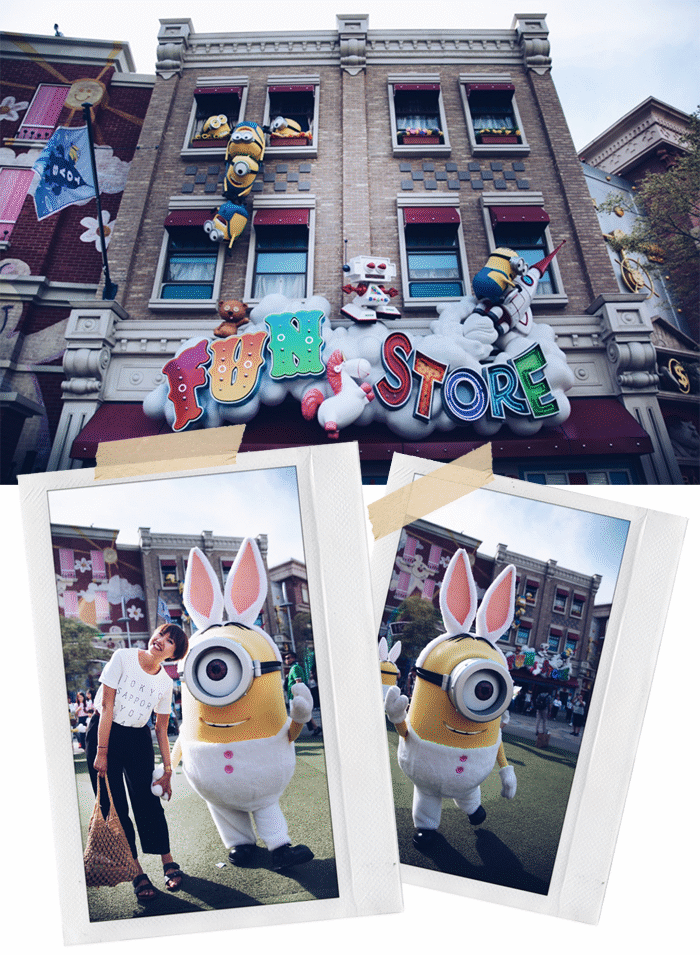
- SAN FRANCISCO : a small Fisherman Wharf that includes the Backdraft attraction.
- JURASSIC PARK : to my great regret, the rollercoaster was closed for the day and we didn’t have time to check the world neither!
- WATERWORLD : I’ve already seen the show in Los Angeles so I didn’t go this time.
- AMITY VILLAGE : with the Jaws attraction.
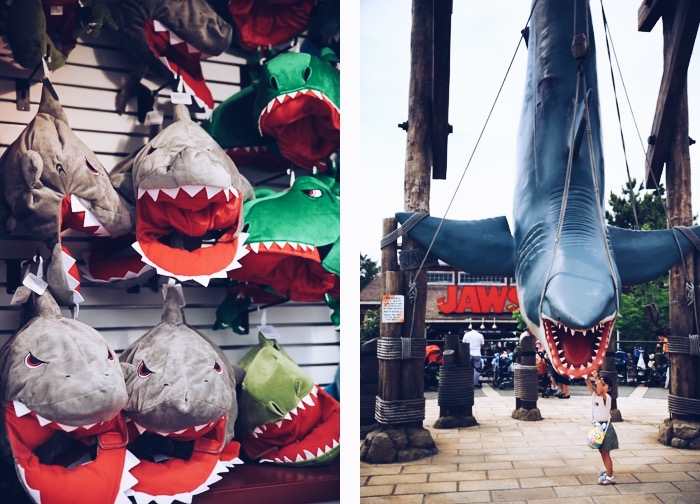
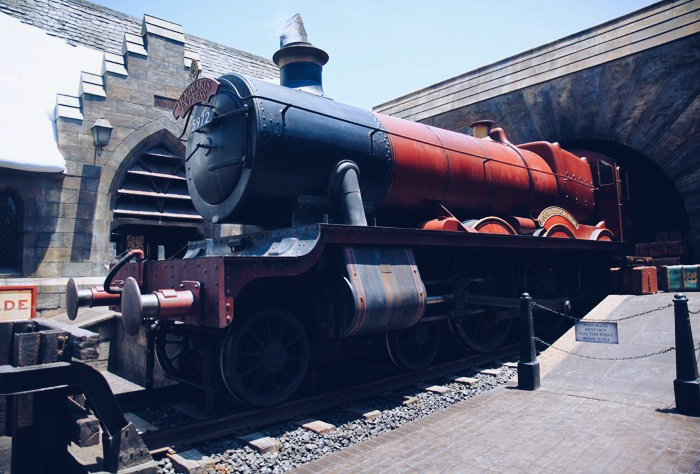
- THE WIZARDING WORLD OF HARRY POTTER : smaller than the one in the US apparently, but a numerous number of details for the fans can be found (details below)

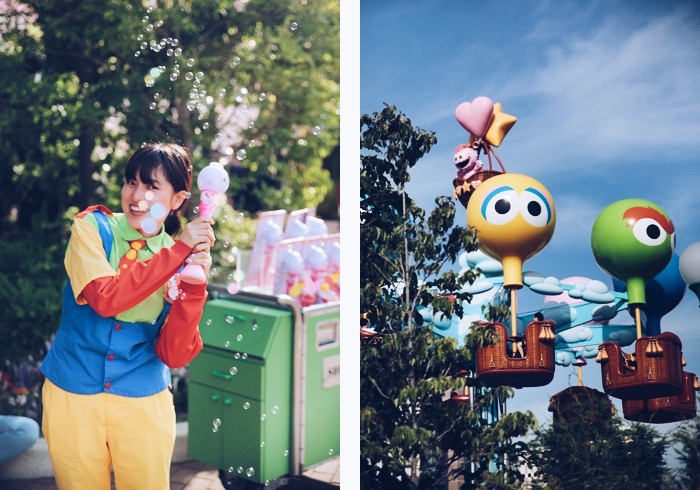
- UNIVERSAL WONDERLAND : a world dedicated to Snoopy, Elmo and the Sesame Street characters as well as Hello Kitty.

The biggest surprise for me was to find the small Sailor Moon area in Hollywood with the unique attraction called “Pretty guardian Sailor Moon : The miracle 4D”…
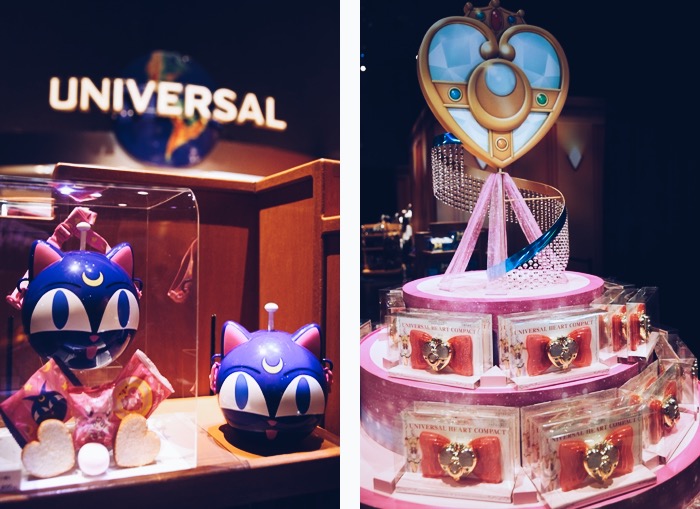
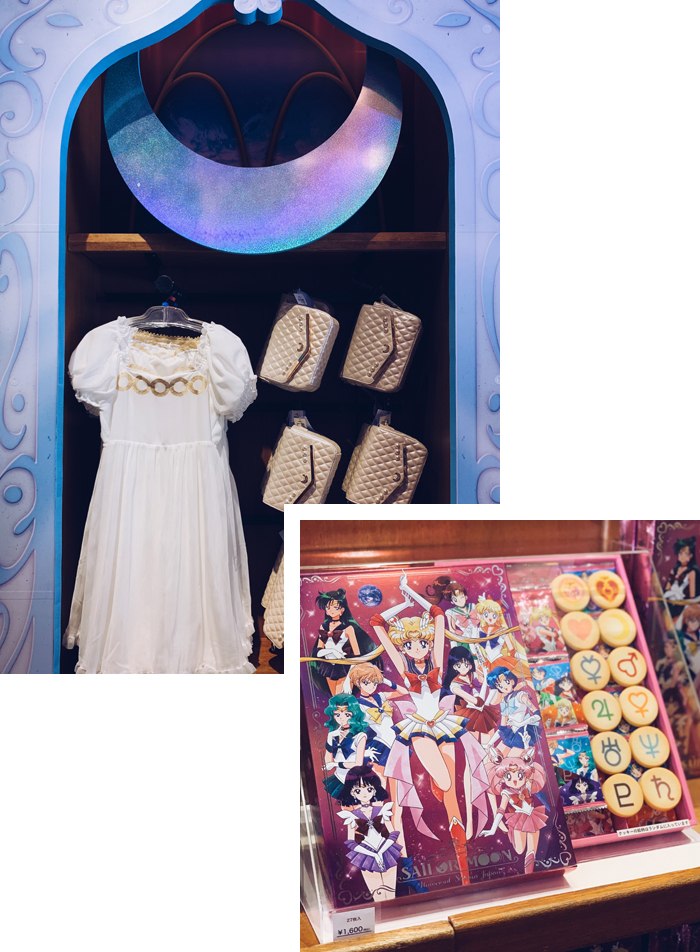
…but also a shop full of souvenirs (surprisingly I didn’t buy at all!), a popcorn booth dedicated to the defender of Justice of the moon (once again I resisted!) and a special food menu in a restaurant of Hollywood Boulevard ( ok, I gave up on this one!).
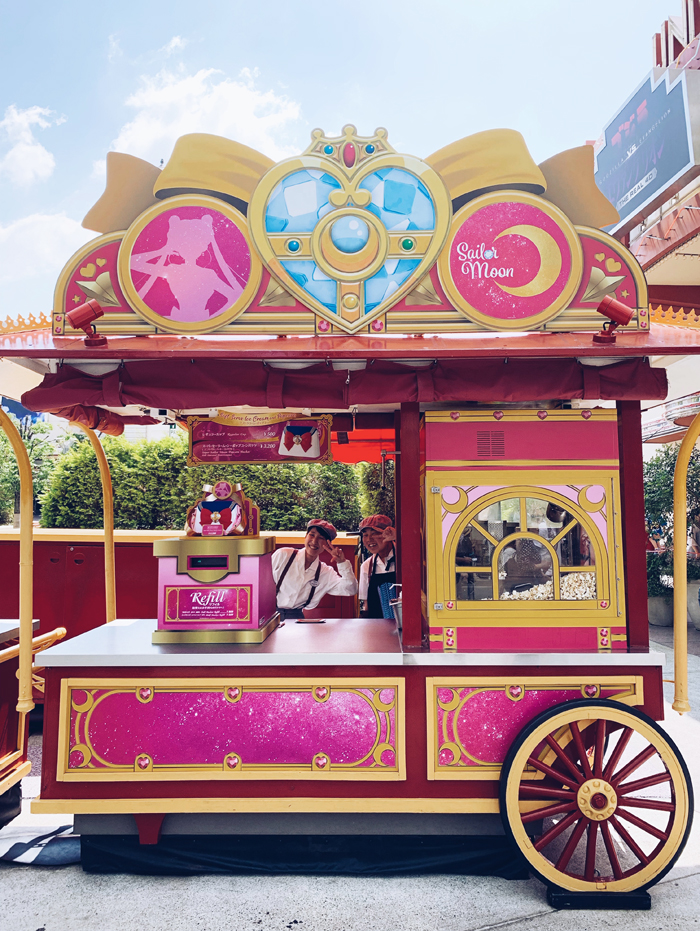
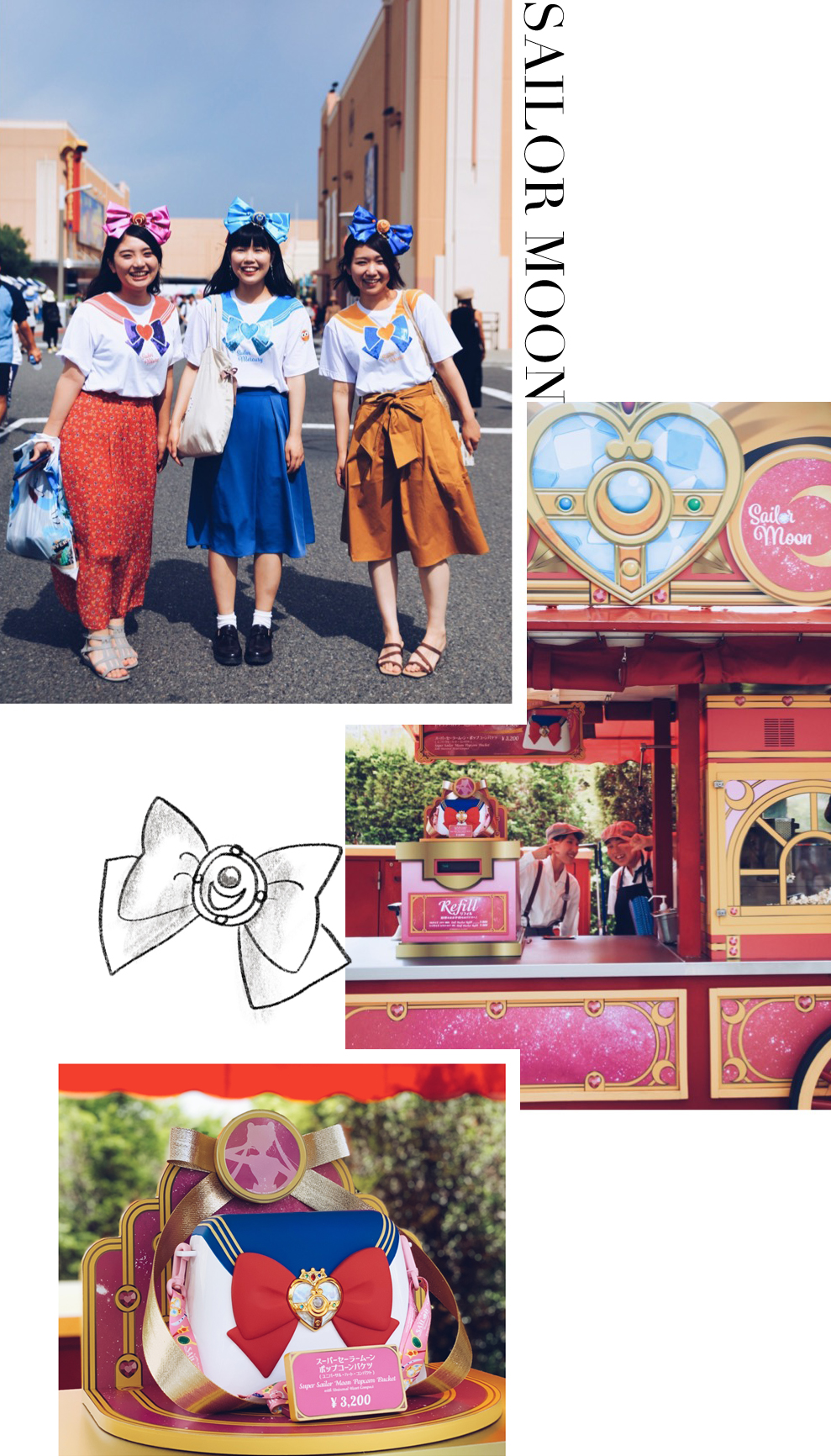
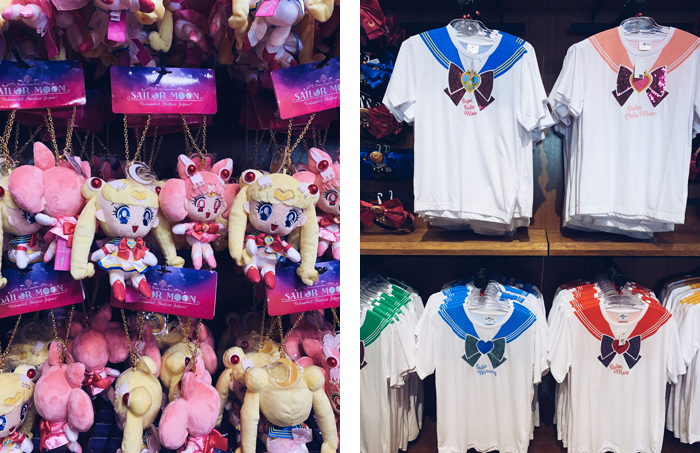
So here is the map of the park in case you want to have a look before hand but don’t worry the park is quite small so it shouldn’t be a problem!
The wizarding world of Harry Potter
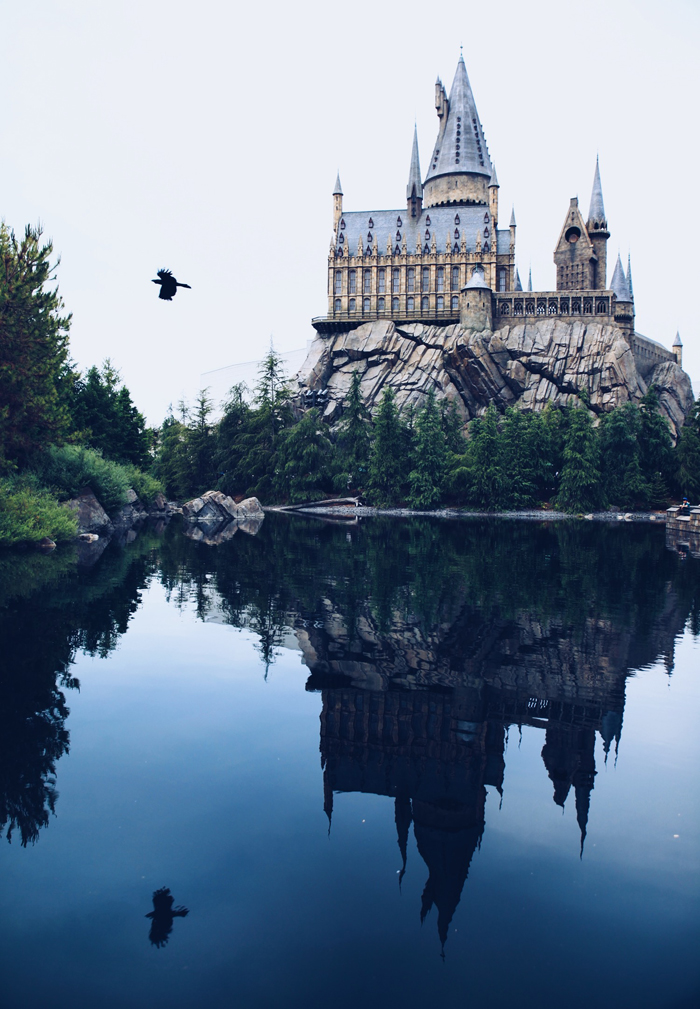
One of the most famous area. Apparently it’s smaller than the parks in Florida and California so if you’ve already visited one of these two parks you might be disappointed.
As for me, i didn’t have anything to compare, and as I only finished to read and watch the HP saga last year only (!) it was a complete discovery!
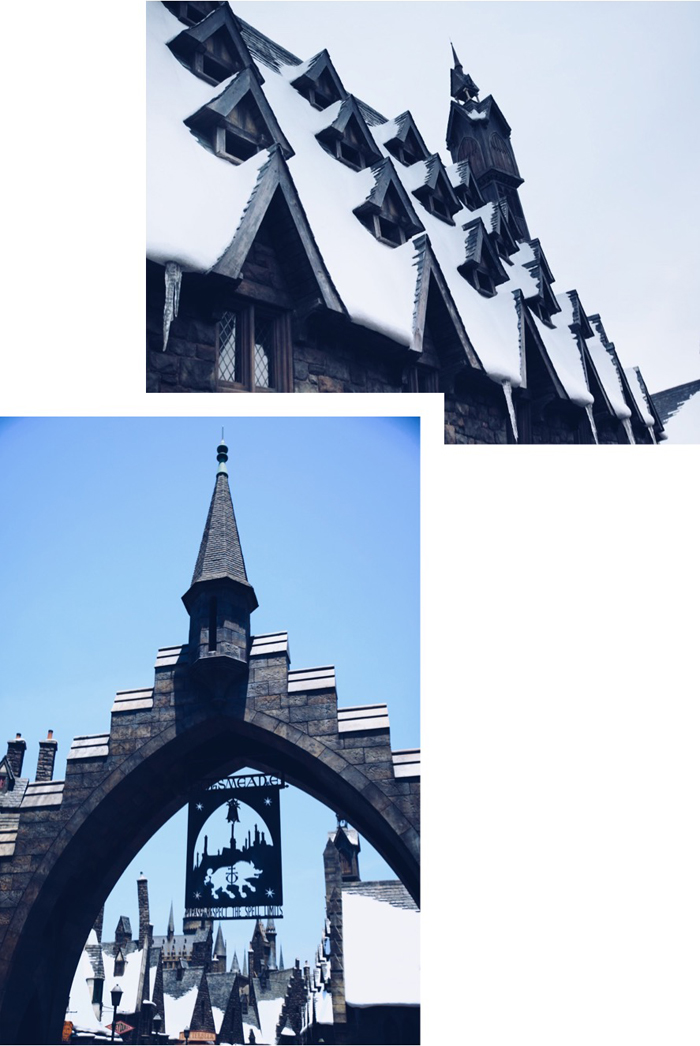
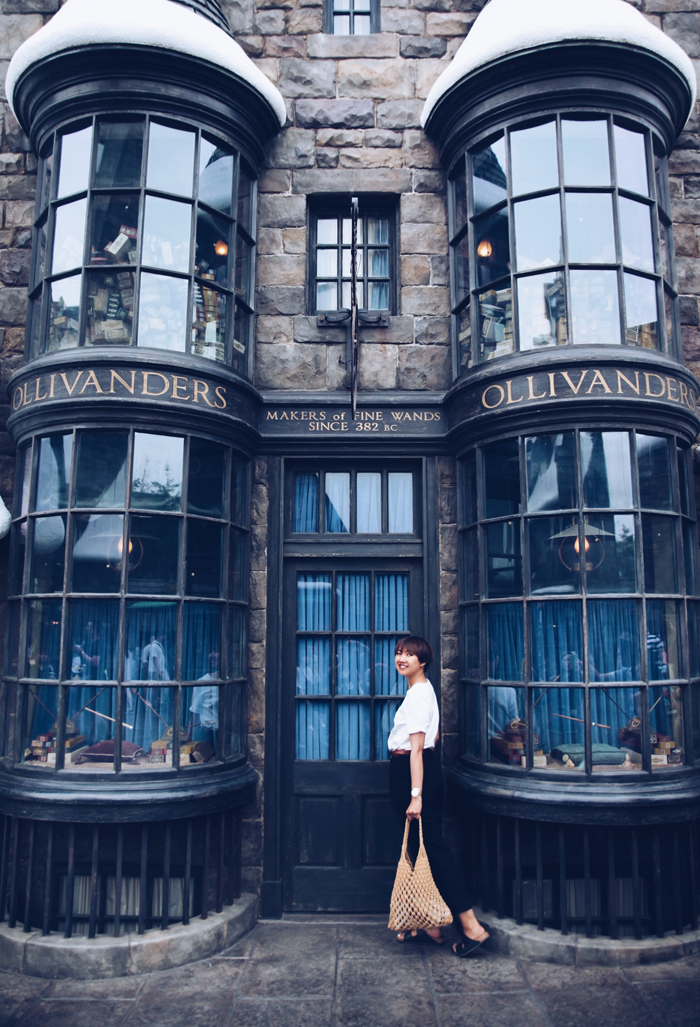
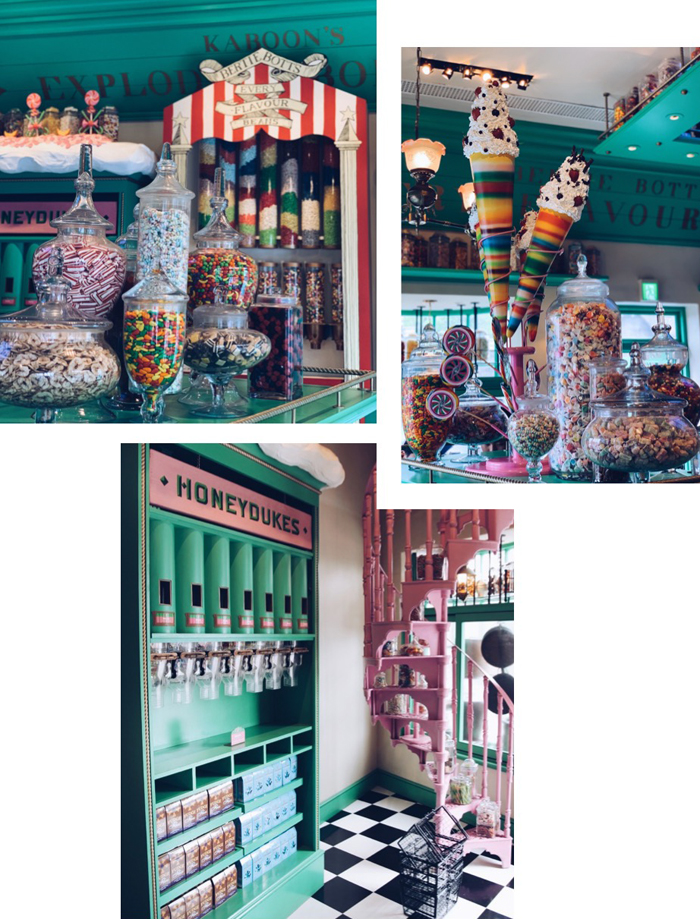
I was particularly impressed by all the details created for Hogsmeade, with shops full of souvenirs and candies and the Castle of Hogwarts, that hosts the attraction I wanted to try, as I had a lot of positive feedbacks.
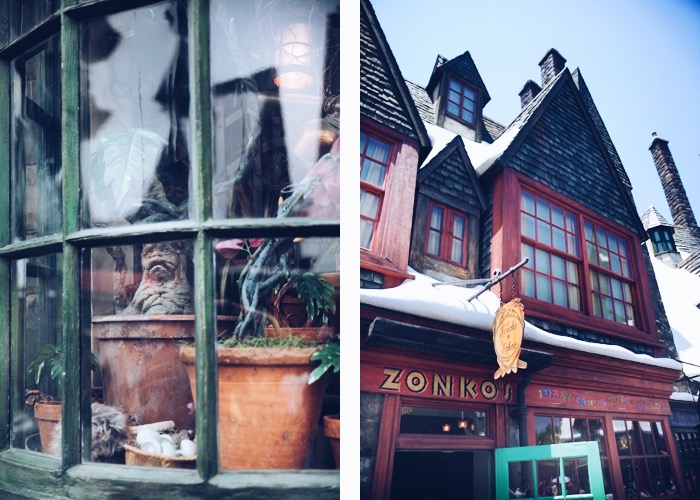
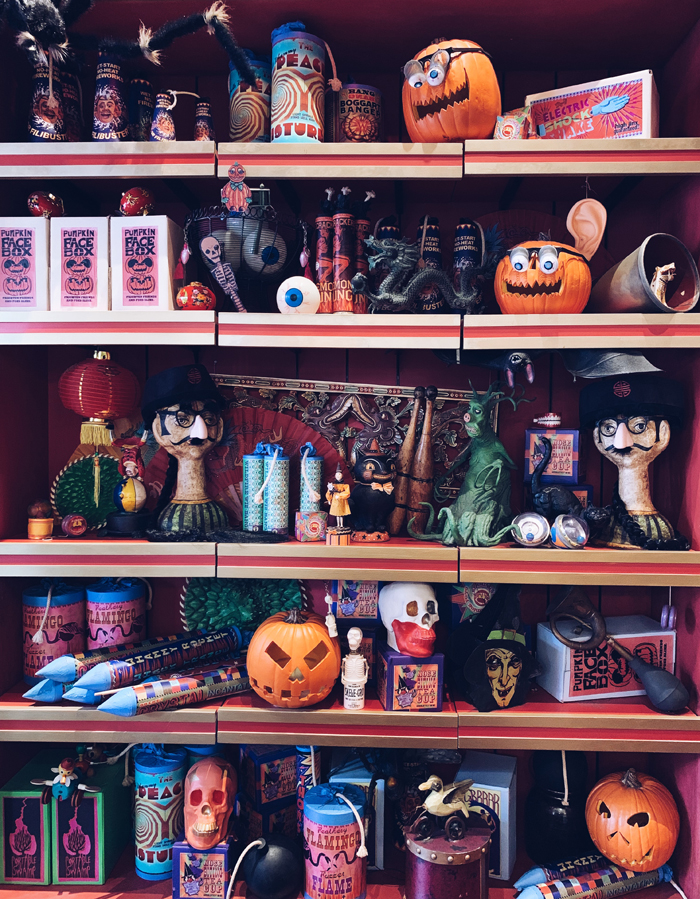
Indeed “Harry potter and the forbidden journey” is considered as one of the best attraction in the world and I have to admit that all the element were reunited to help.
HARRY POTTER AND THE FORBIDDEN JOURNEY

Without telling you too much, it’s a ride on rotating seats amongst the different movie scenes with very well-made half real AND virtual settings: Quidditch game, chase with the Dementors…
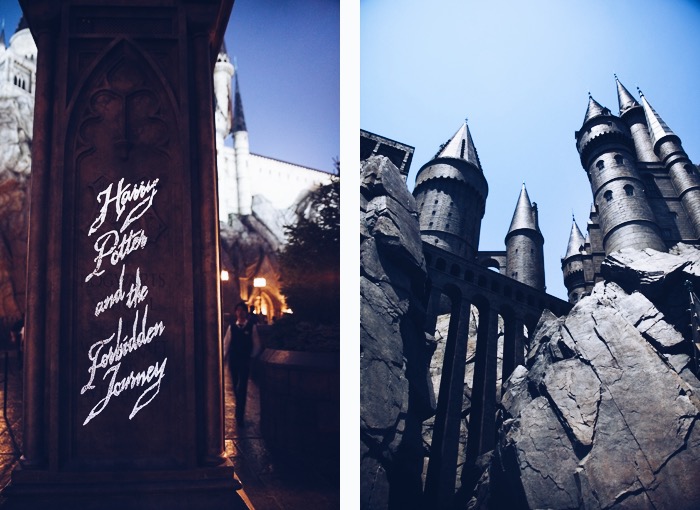
Sensations are real but totally OK (it’s not a hardcore rollercoaster, so not worries). And what particularly surprised me, was the length of the ride: 5 long minutes… we have time to really enjoy and admire everything!
Very different from the other attraction from this world that I will explain later on.
THE “THREE BROOMSTICKS” RESTAURANT
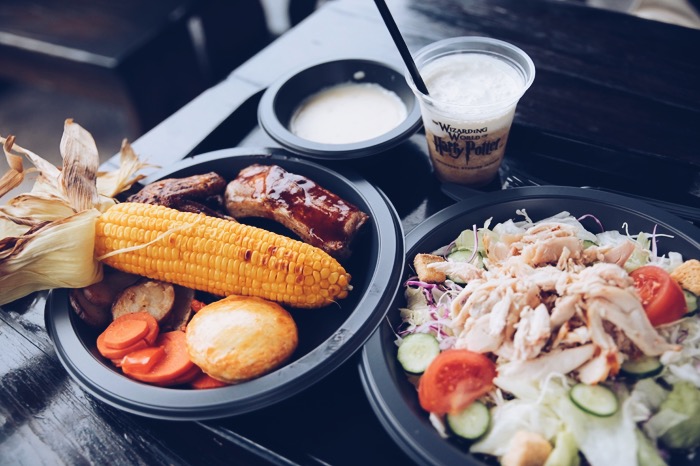
Due to our express pass planning we decided to have lunch at the Three Broomsticks restaurant and it was a brilliant idea. The terrasse was quite (even though it was low season) and great view with the castle.
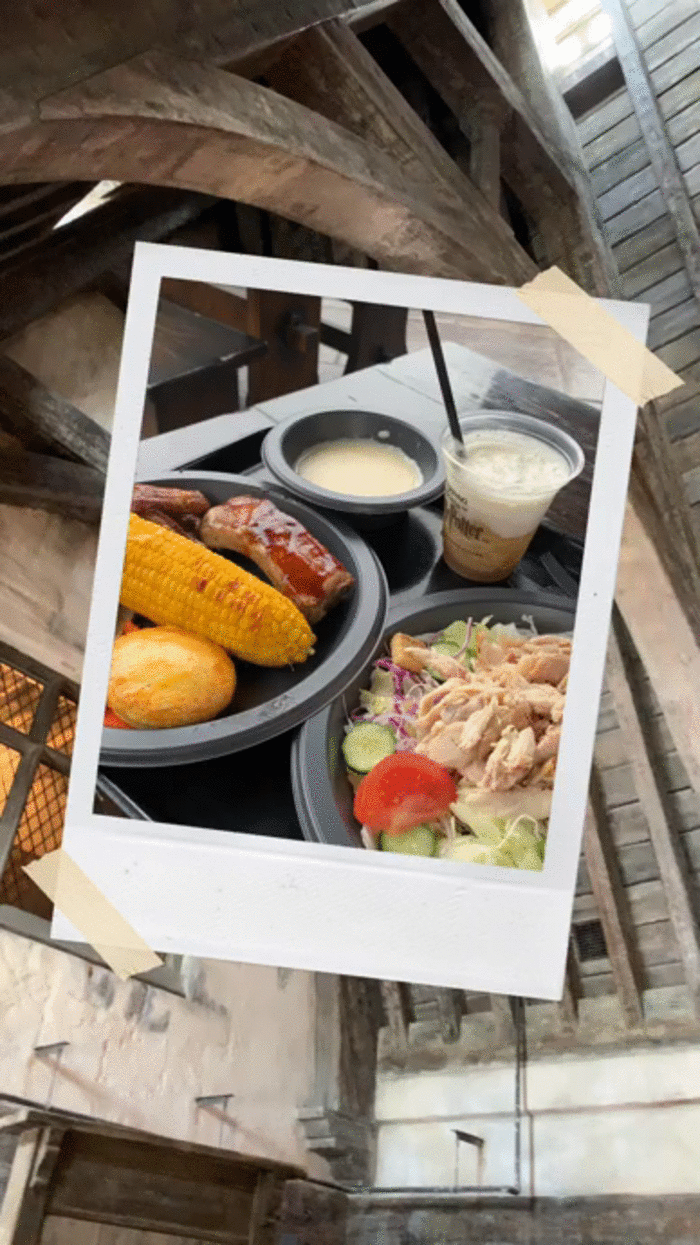
The menu was not extraordinary good (roasted chicken or pork, grilled corn, salad) but I was able to try to well-known Butterbeer, that I chose frozen: quite sweet and caramel taste, is what I remember.
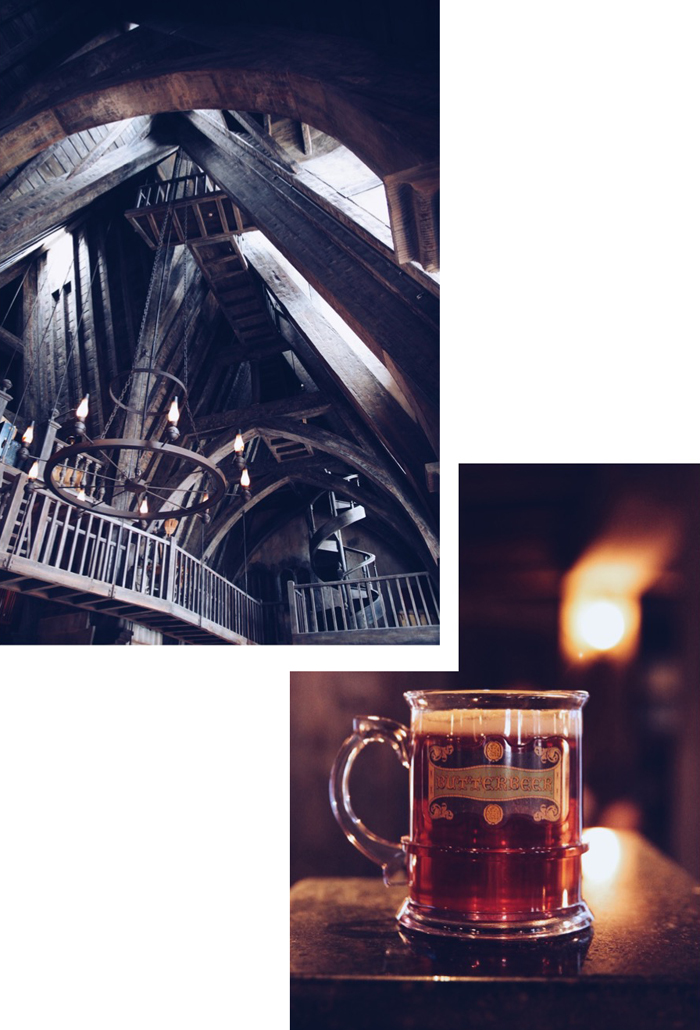
Not as good as Harry, Hermione or Ron would say but at least I tried!
HOGSMEADE SHOPS
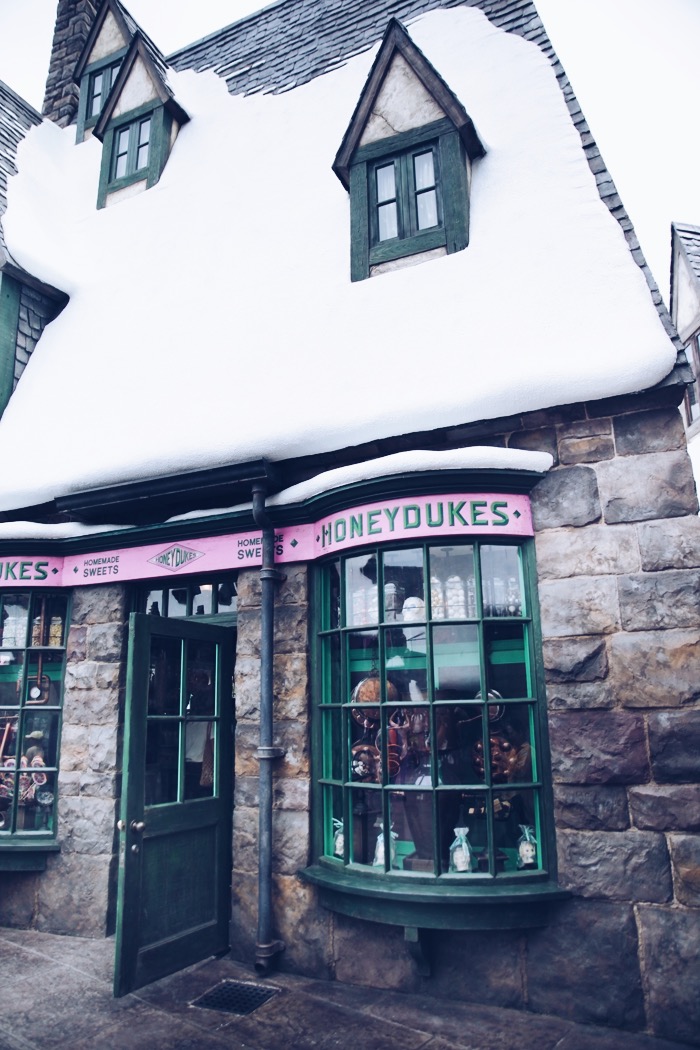
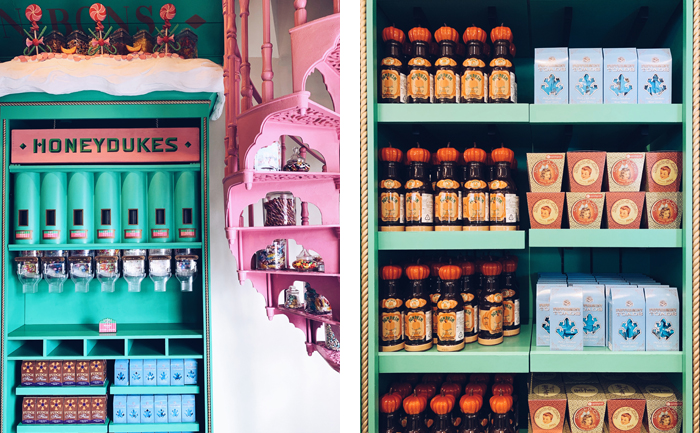
As per the derived items available in those world, I couldn’t find anything very special… but as I am not a real Potterhead, I might not be the target.
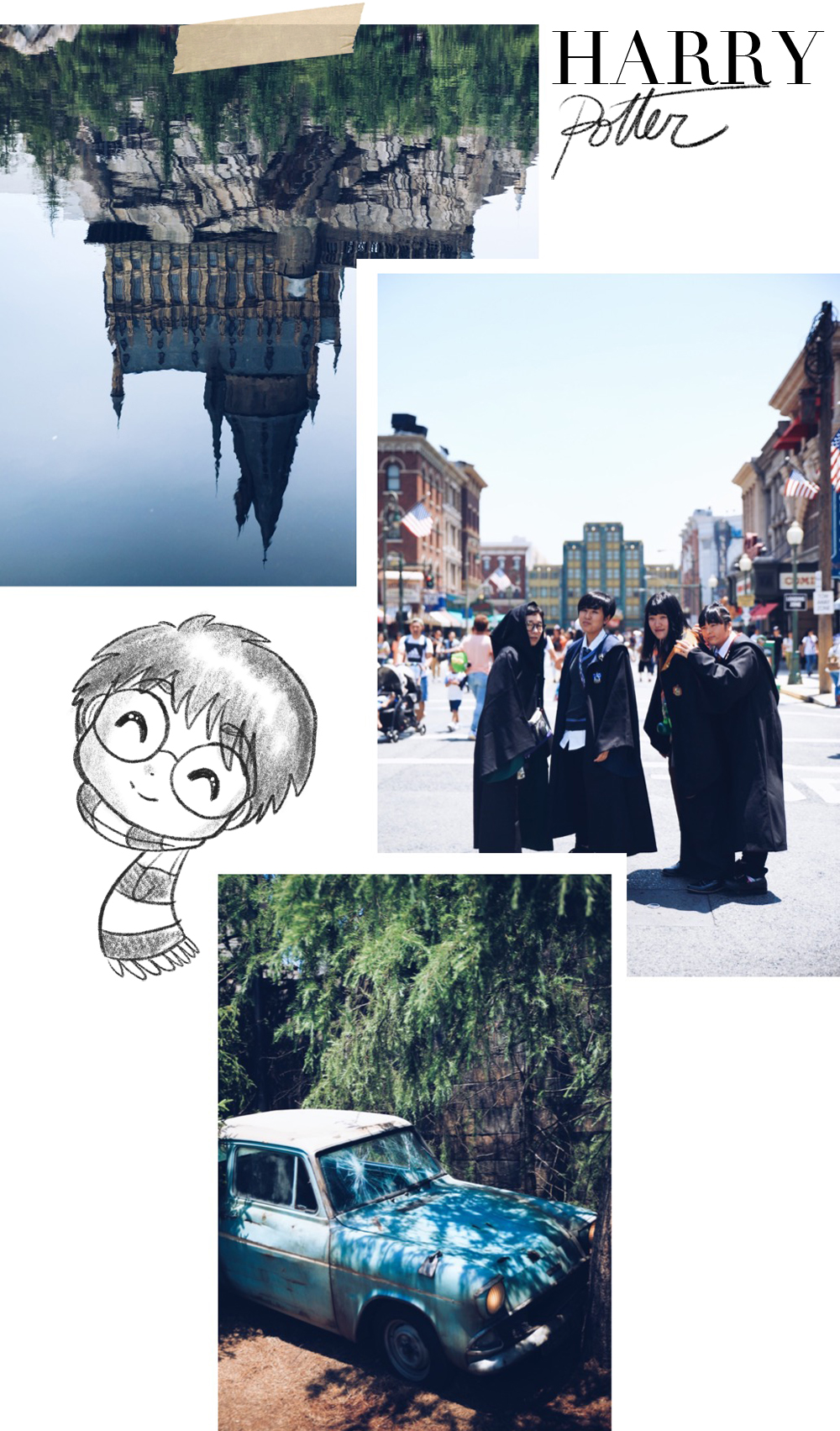
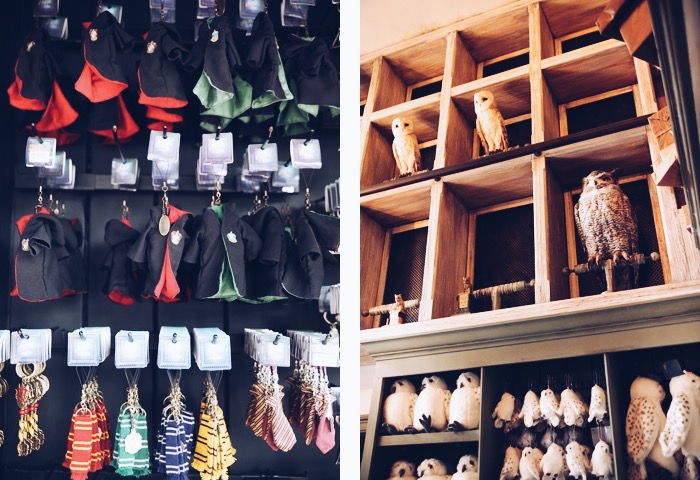
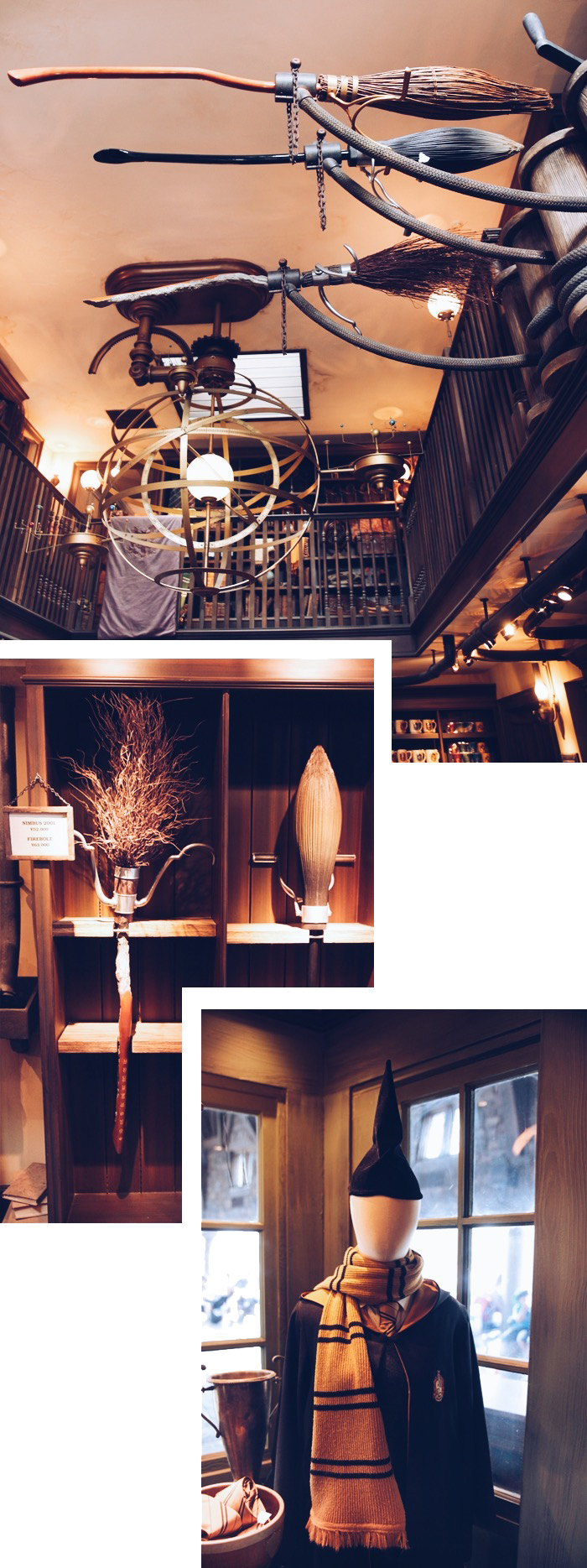
Anyways, fans will find a large choice of magic wands and other changing time key holders. I would like also to congratulate fans wearing Hogwarts uniforms during this summer season: with this heat, wearing a Hufflepuff scarf (apparently I would be in this school) didn’t even cross my mind!
The rides
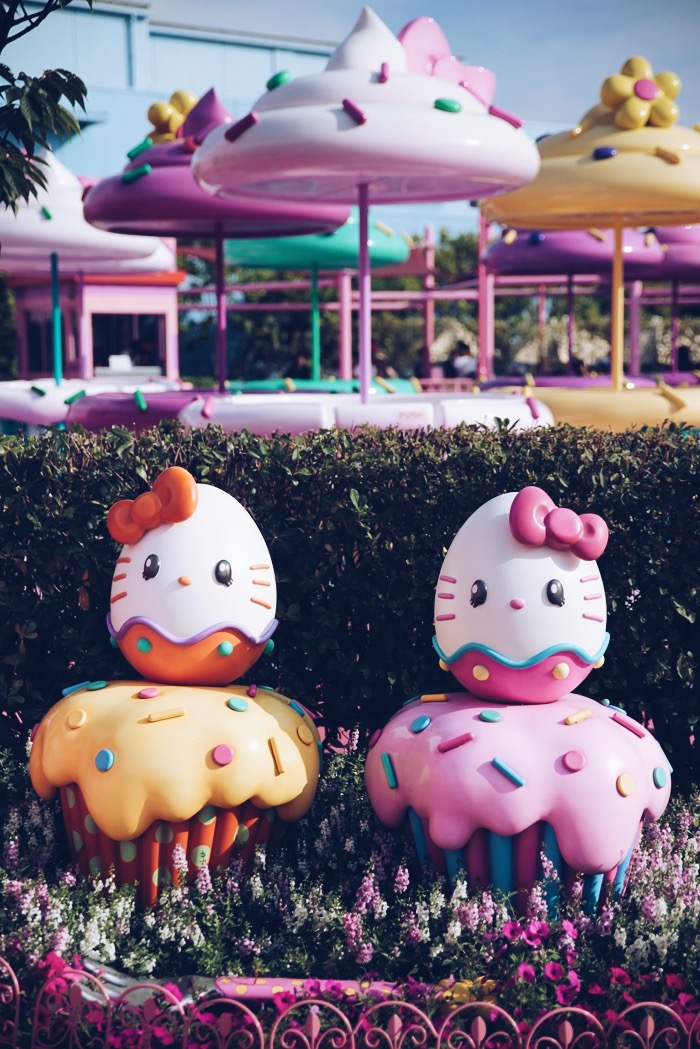
I will detail below the attractions I got to try with or without the Express pass 7: obviously I didn’t have time to try them all: the closed ones (my big regret: Jurassic Park), the ones too intense for me (even though Japanese are not well-know for hardcore rollercoasters) and also because of the time flying!
But the Express Pass 7 allowed us to experience the park in an optimal way without waiting more than 5 minutes at each one (saying it again but really it was amazing!)
- PRETTY GUARDIAN SAILOR MOON: THE MIRACLE 4D : I really loved the 4D show with 3D glasses and water/air/heat in the main theater. The transformation scenes are particularly nice to watch in 3D: a total immersion in one of the the Sailor Moon adventure.
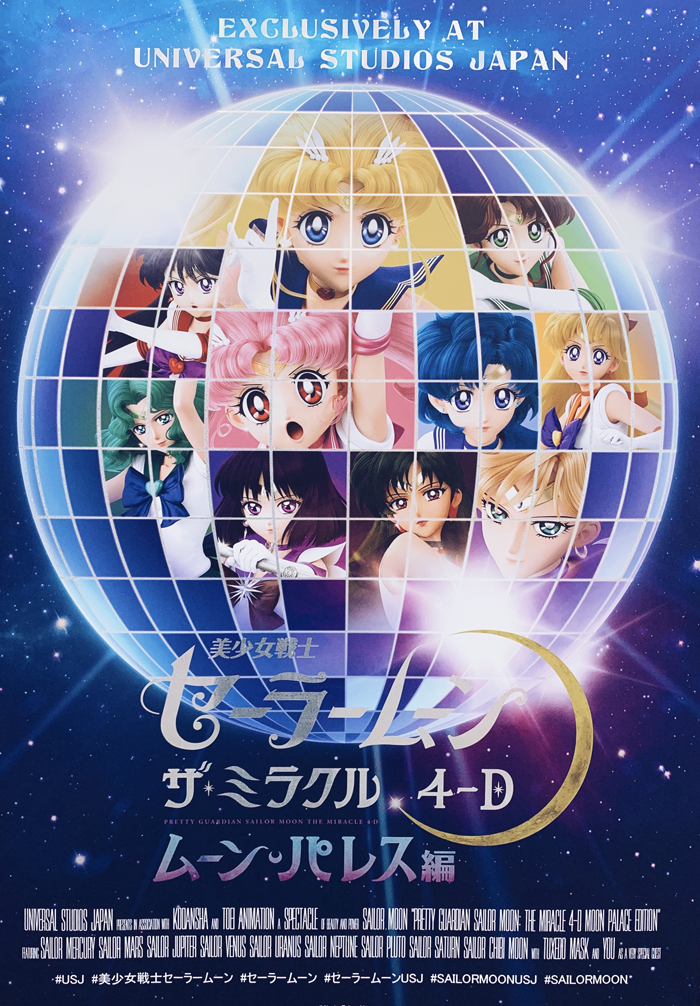
- HARRY POTTER AND THE FORBIDDEN JOURNEY : I already told you everything: a must-do !
- FLIGHT OF THE HIPPOGRIFF : this one was included in the Express Pass but if it’s not your case just pass this one: it’s a kind of super slow rollercoaster without real sensation and very short (not even 1minute… even though I saw a 2-hour line!)
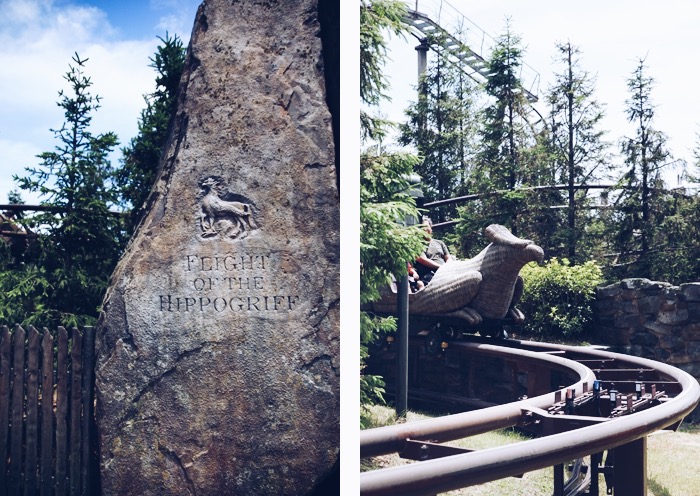
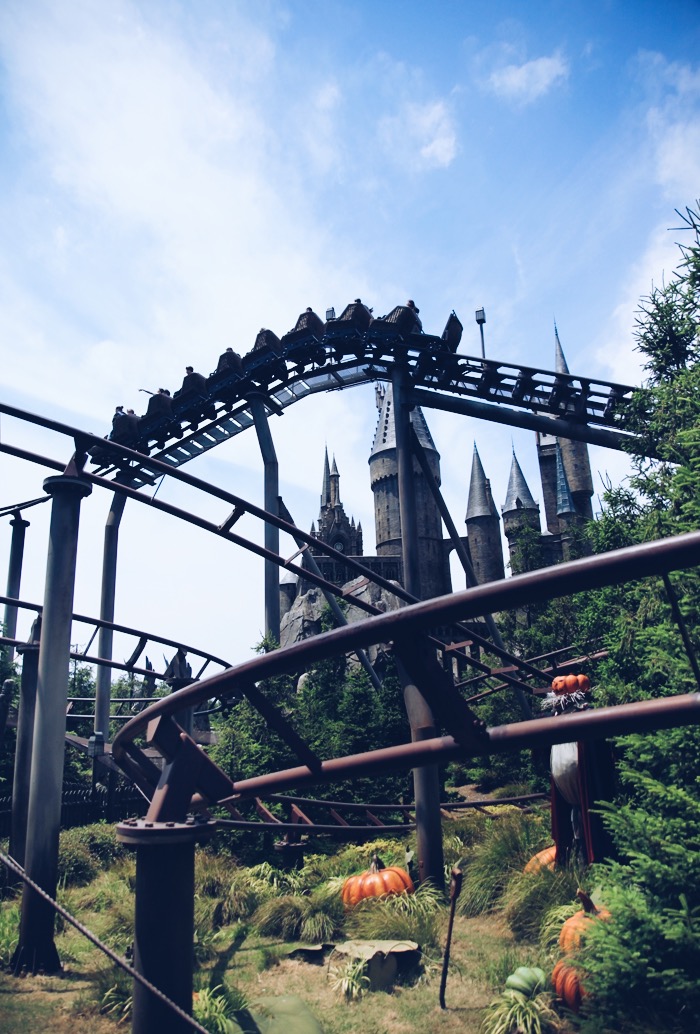
Flight of the Hippogriff : Pass this !
- LUPIN THE THIRD CAR CHASE XR RIDE : my favorite one with Harry Potter, very original, and good sensations (not too strong though). With an augmented reality cask, you’ll ride Lupin’s car for a crazy chase where the real and virtual sensation are perfectly mixing! This is not only a virtual car simulator: you really feel the movements (and the sensation). It’s impressive!
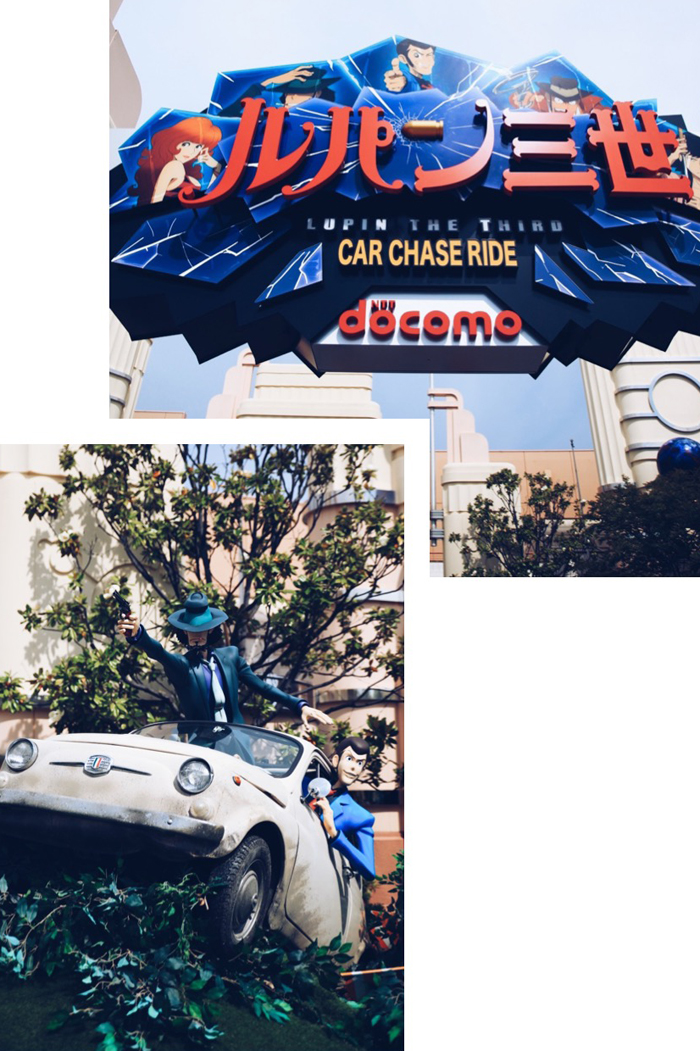
- DESPICABLE ME MINION MAYHEM : a 3D tour where you will learn how to become a Minion. Nice without being unforgettable.
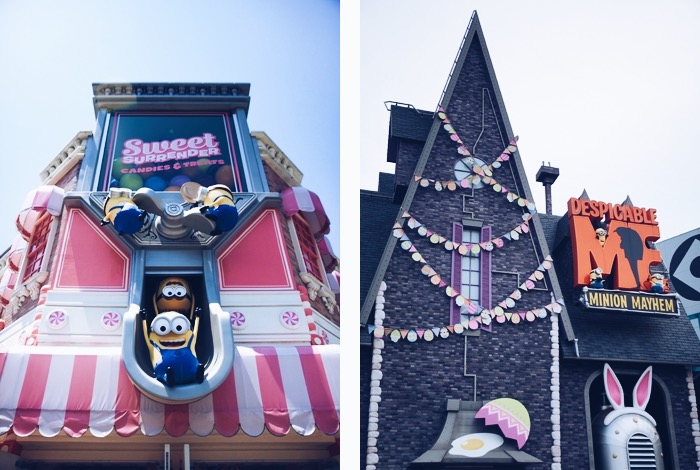
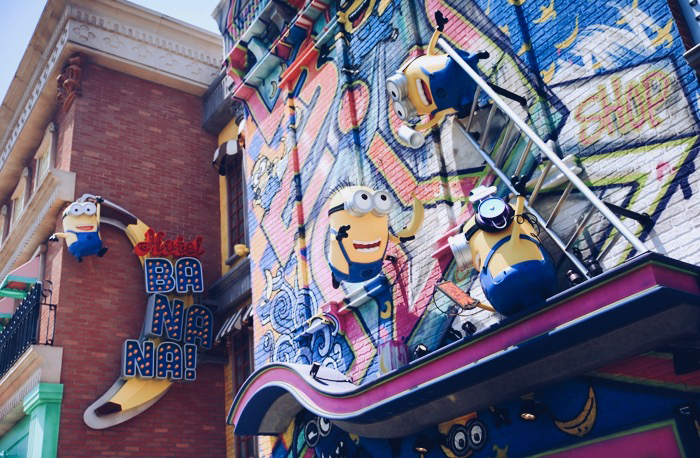
- THE AMAZING ADVENTURES OF SPIDERMAN : THE RIDE 4K3 : pretty similar to our Ratatouille at Disney but more active.

- HOLLYWOOD DREAM THE RIDE : I almost skip this ride due to all the screams and the high fall-down in perspective.
but I took my courage with two hands thinking that in Japan it shouldn’t be too hard. And indeed, it was alright: real sensation but the shock isn’t strong and the fact that we can choose the song to listen during the tour probably helped me! (Taylor Swift “Shake or Off” for me and “Beat it” for my SO).
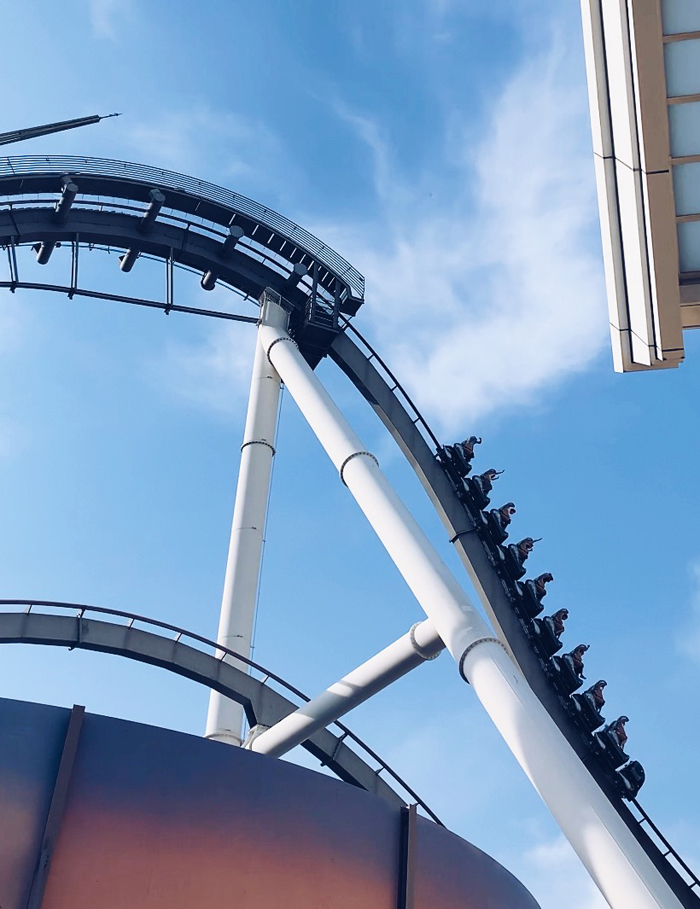
You can also choose to do it backwards but NO WAY for me… just letting you know if you like it.
The rides I didn’t tried but that might worse the detour (depending how you like sensations!)
- THE FLYING DINOSAUR : thank god this one was not included in our Express Pass as it might be the worst in terms of sensations in this park. A huge rollercaster very high and fast that gives you the impression to fly over the park rotating up and down. You can watch videos on YouTube if you want to have an idea: I think I couldn’t never dare trying.
- JURASSIC PARK THE RIDE : As I said, I regret I couldn’t try this one as it was closed that day: apparently you need to be prepared to get wet at the end of the ride!
- WATERWORLD : a show with explosions and fire that I had already seen in Los Angeles a while ago.
- GODZILLA VS EVANGELION 4D : in the same theater as Sailor Moon: I can imagine the same style of show but different theme.

There are much more too try, some more for kids and others looking more like a fair (around and in the Minions world for instance): I let you discover this by yourself!
The Shows
Unless you stay 2 days in the park, I don’t know how you can do attractions and shows. However, we managed to arrange our schedule to attend 2 shows at the end of the day:
HOGWARTS MAGICAL CELEBRATION

A projection of lights on Hogwarts castle with small scenes performed by so-called Hogwarts students (I was expecting them to be Harry Potter or Hermione for instance it would have spiced up the show!).
A bit disappointed by this pretty short show, without fireworks (it would have been beautiful with the reflection in the lake!) nor parade.
THE NIGHT PARADE : THE BEST OF HOLLYWOOD
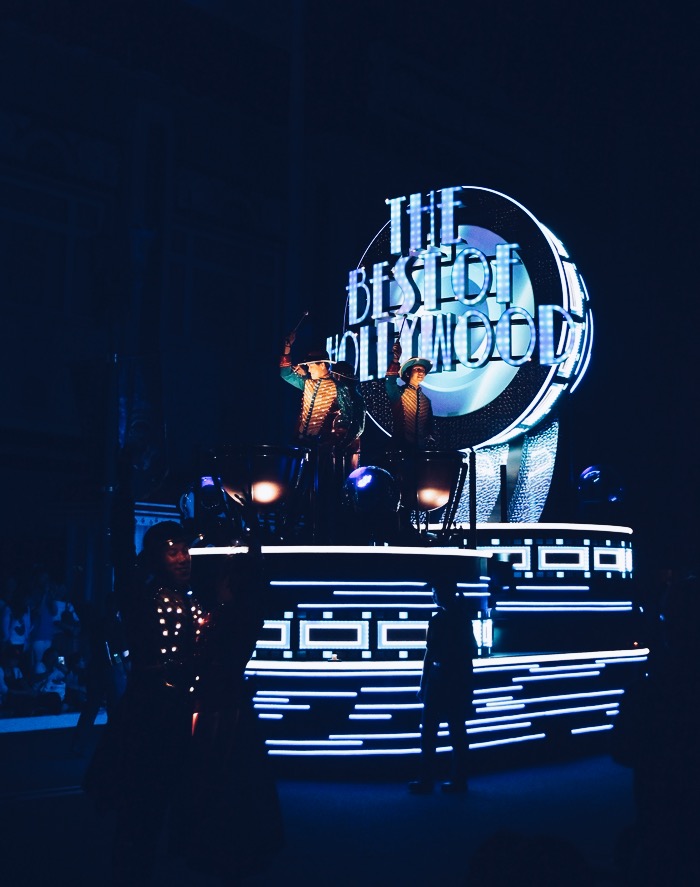
Much better. It’s actually here that we can see the cars with Harry Potter (The Hogwarts Express is pretty well done), Minions, Transformers and Jurassic Park.
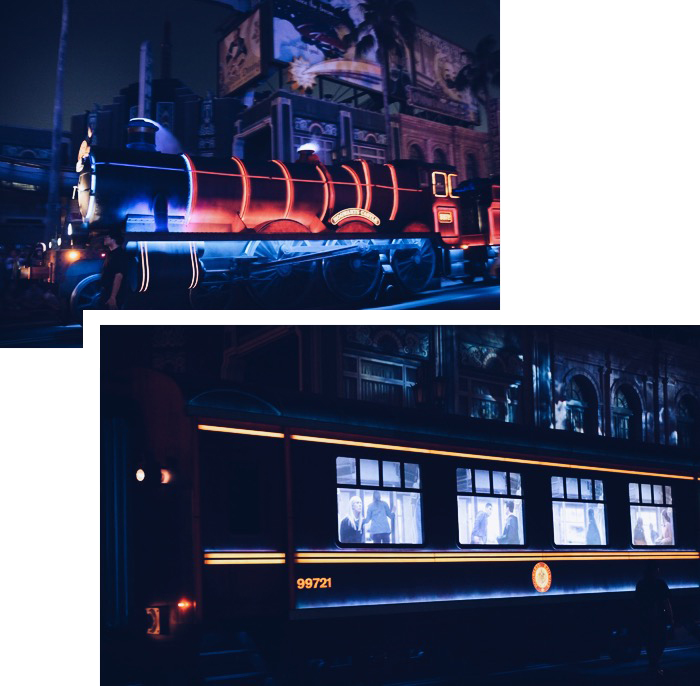
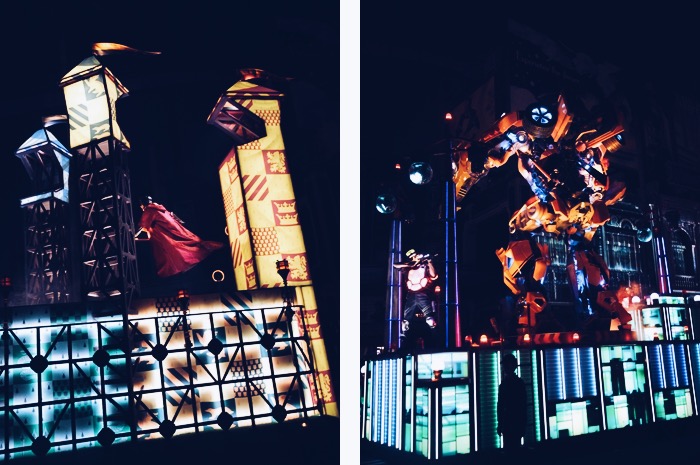
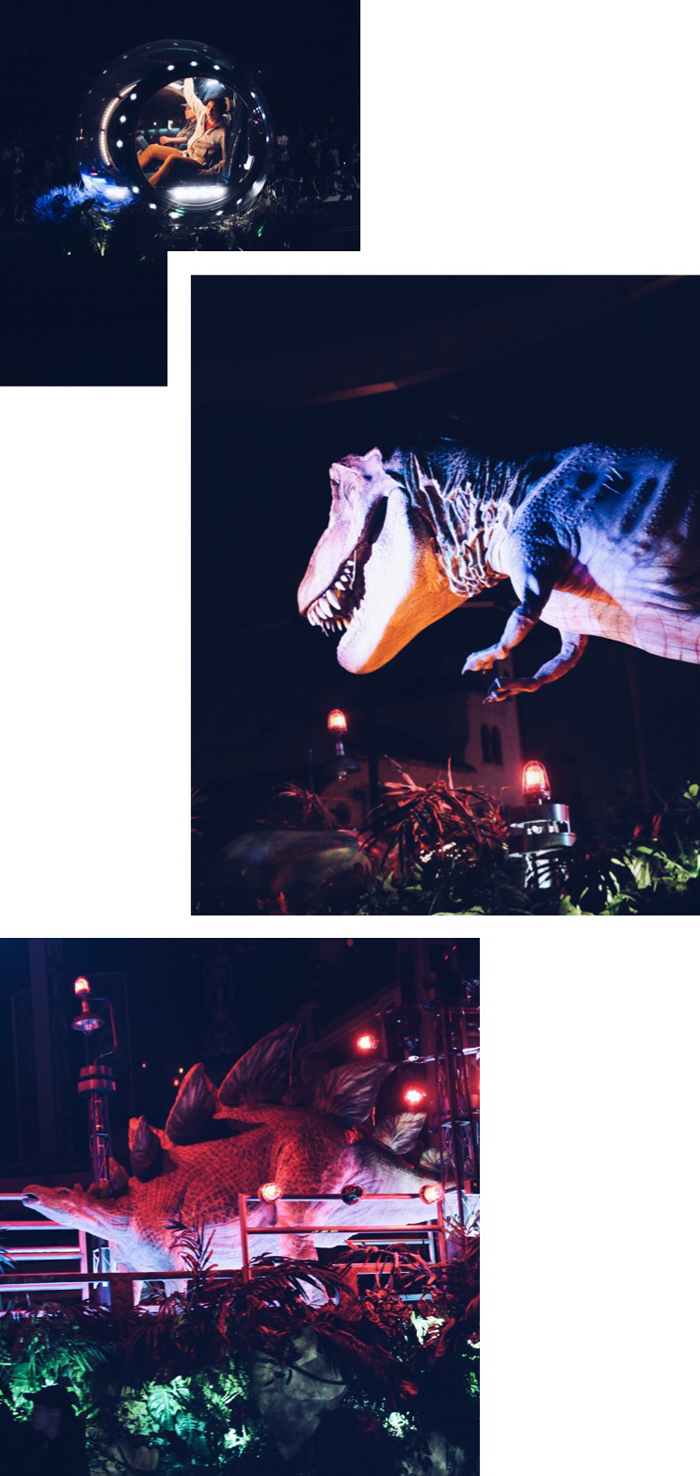
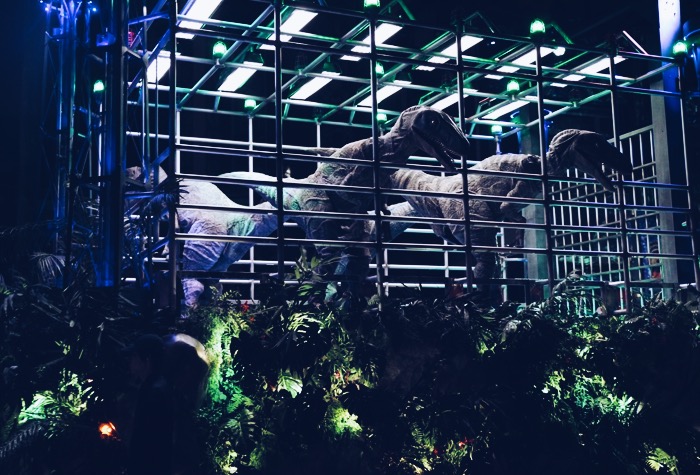
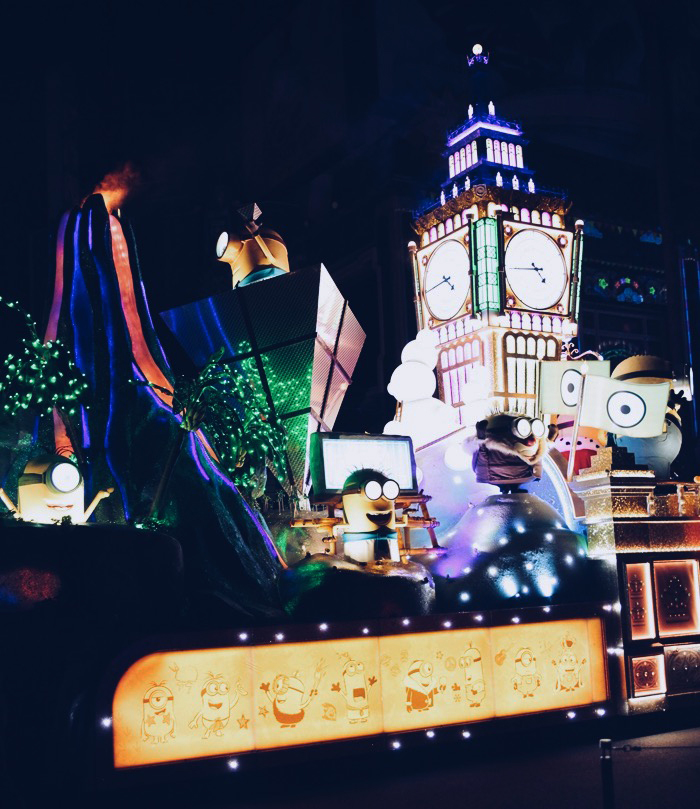
I found it less magical than the TokyoDisneyland parade (less performers maybe) but it still a good show to end a very full day!
MISC tips
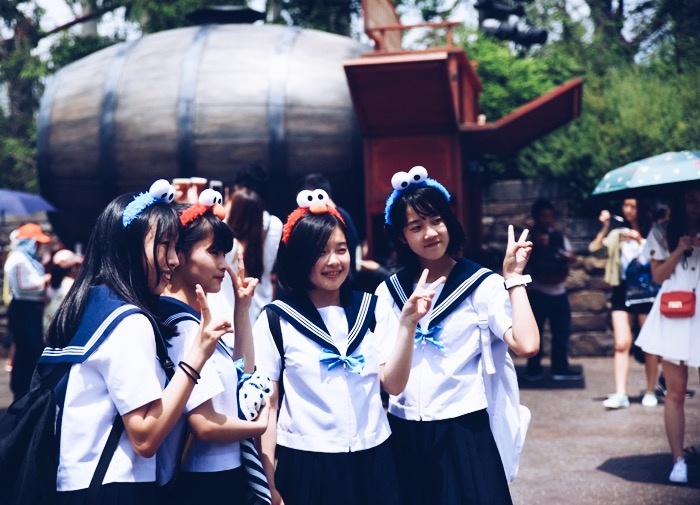
Here are my advices to fully enjoy the day. :
- Visit the park during weekdays (we chose Thursday) and not during Japanese holidays.
- Arrive at least 30-45 mn before the gate opening, with your printed tickets.
- Double check the opening time of the park on the Internet official site, it might change from one day to another (usually it opens around 8:30am)
- Wear proper clothes depending on the weather: not much areas with shadow so better carry a (bucket) hat and a bottle of water if you go during summer time! You won’t loose anything during the attractions, Japanese thought about everything, even elastics to hold your open shoes such as Birkenstock’s or flip flop.
- If you chose an Express Pass, make sure to follow the time scheduled for the different attractions and during free times, enjoy other attractions or have lunch. We got the chance to have some time when we arrived so we went straight to the Sailor Moon adventure.
- If you don’t have an Express Pass, be quick from the opening and go right away to get your ticket for the Harry Potter world and do the attractions as “single riders” to wait less… but you will experience it alone which might not be as fun.
- It isn’t allowed to bring your own picnic in the park (no choice but to eat inside) so have a look before hand where to have lunch… we already knew we would be inside Harry Potter world during lunch time so we chose the Three Broomsticks but they are plenty of other places in the park: (Park side Grill in New York) and Asian food restaurants (Saido in New York and The Dragon’s Pearl in San Francisco)
- The food is average (to my opinion less good compared to DisneySea for exemple) but the Japanese care remains and it’s always nice to eat a menu with a special theme: my Sailor Moon ice cream had a better taste than a regular one, no doubt! Haha!
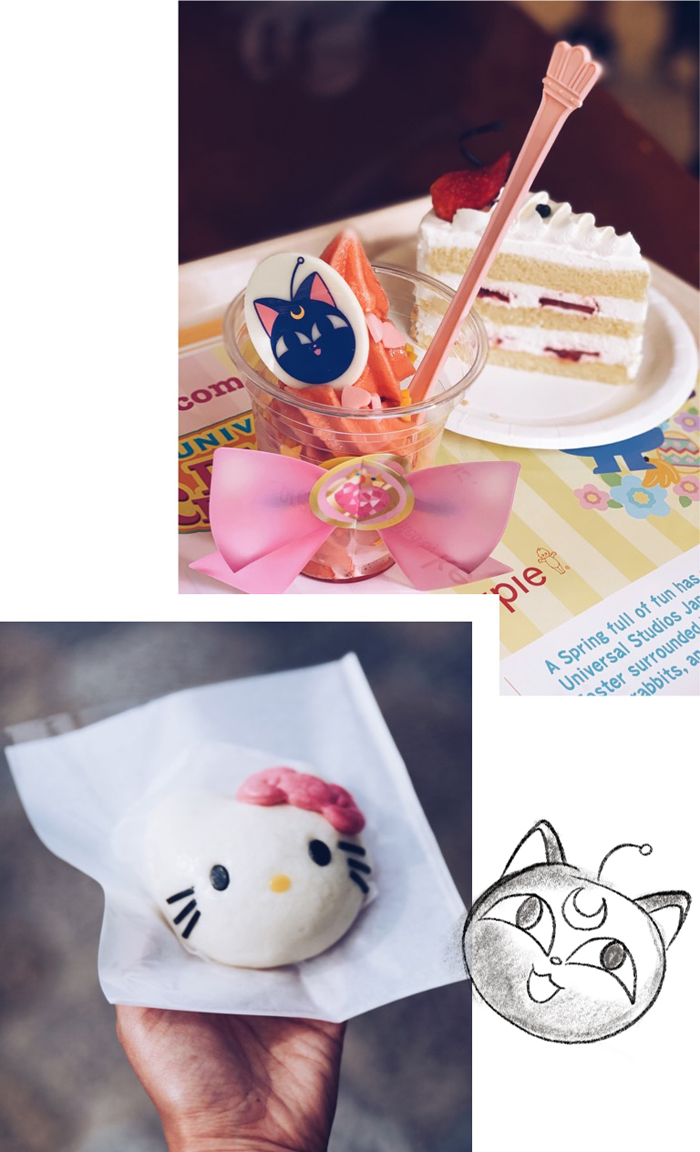
We cannot resist a Hello Kitty bánh bao, right ?
I hope I was able to help you out with all the planning for your visit at Universal Studios Japan even though I couldn’t myself try everything (attractions, food, etc). But somehow I had a good overview thanks to the fast-pass tickets.
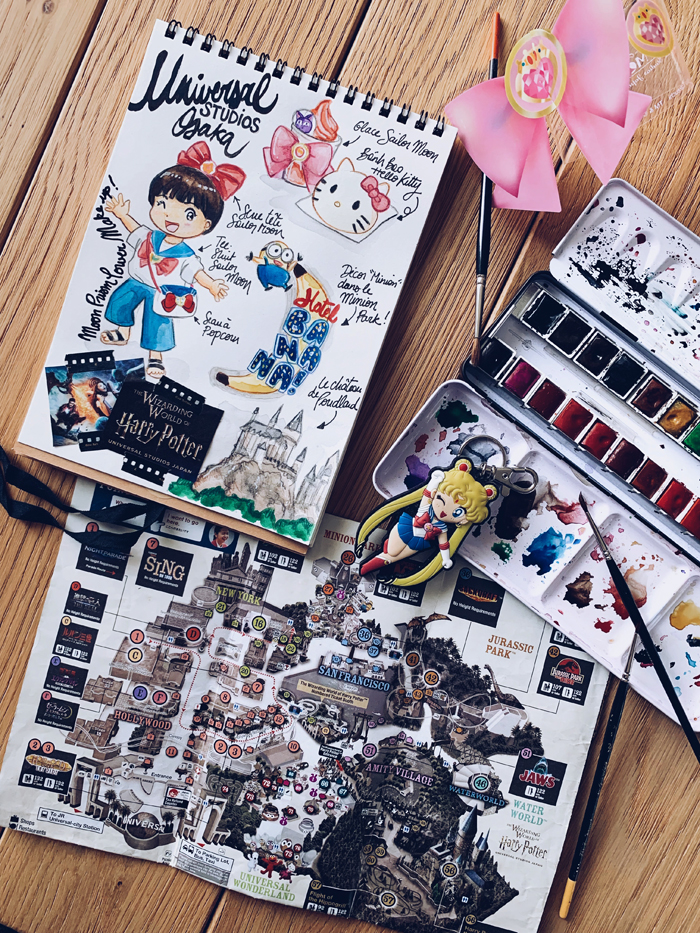
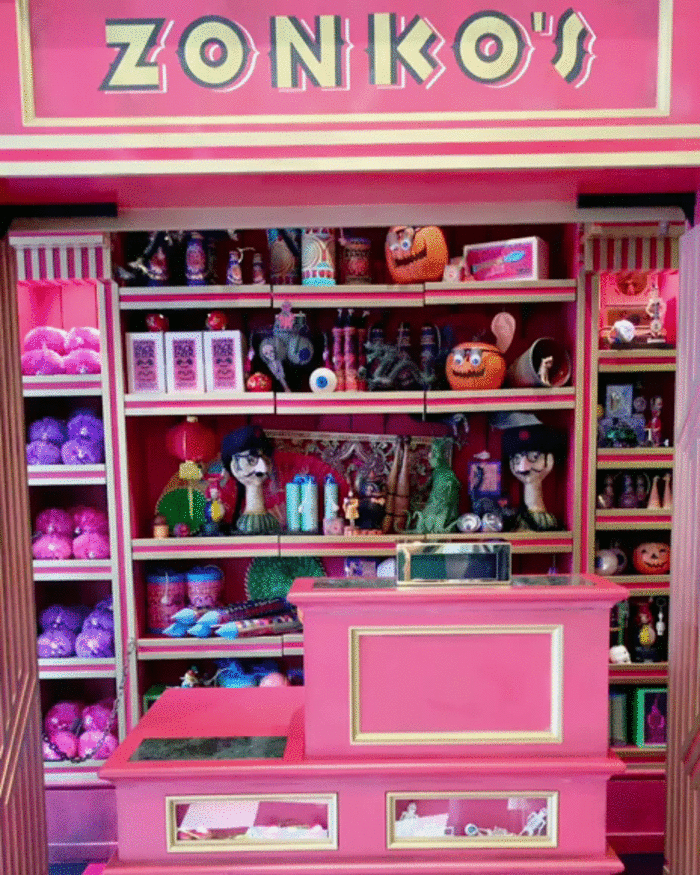
If you’ve already been to the park in the US then it might not be a must-go as they are a lot of common attractions but it’s always nice to try Japanese’s theme park styles… even though it might have an impact on your budget we must admit!
Feel free to ask all the questions in the comments below if anything is unclear, I will answer with pleasure! And I will prepare the next article soon with all my good addresses in Osaka! (English translation by Quiterie)
